Stage lighting is an integral part of bringing any live performance to life. More than just basic illumination, lighting helps set the mood, draw focus, and contribute immensely to the audience’s experience.
From subtle backlighting to dramatic spotlights, different types of stage lights all play important roles. Let's explore the most common stage lighting fixtures and their purposes.
What are Stage Lights?
Stage lights are lighting fixtures designed specifically for illuminating performance spaces and events. They produce bright, controllable lighting optimized for stages and live shows. Stage lights come in a range of types like LED pars, fresnels, moving heads, and more.

Fg 1: Stage Light - Spotlights
Most stage lights feature adjustable attributes like beam focusing, dimming, and color changing. They mount to overhead rigging or stands around stages, controlled individually or in coordinated groups during performances.
While basic stage lights provide practical lighting, advanced intelligent fixtures create spectacular visual effects from creative programming and positioning. Modern stage lighting equipment employs technologies like LEDs and motors to deliver glorious, vivid illumination that captivates audiences.
Why Use Stage Lighting?
Creating atmosphere
More than anything, stage lighting sets the tone and emotional context for a scene. The color, angle, and intensity of lights can mimic a sunny day or a stormy night. Warm, inviting illumination might complement a romantic scene, while harsh, clinical lighting could emphasize tension. The possibilities are endless.
Enhancing visibility
While conveying mood is important, the audience still needs to be able to clearly see the performers. Stage lighting ensures visibility for both the audience and the performers themselves, allowing everyone to connect and appreciate all aspects of the show.
Directing audience focus
Within a performance, lighting cues can subtly direct the audience’s attention to key characters or set pieces. As the focal point shifts, the lighting responds in kind, ensuring viewers do not miss important details. This selective highlighting builds anticipation and interest.
The lighting designer is responsible for using different stage lighting fixtures to achieve these goals. It is a creative role, but also a technical one. To create truly impactful lighting, an intuitive understanding of the interplay between lights, shadows, stages, and audiences is essential.
Types of Stage Lights
Spotlights
As the name suggests, spotlights concentrate intense illumination onto a specific area of the stage. They create visual contrast, highlighting subjects against darker backgrounds. There are a few main types:

- Illuminating Specific Areas: The most basic spotlights feature adjustable shutters and lenses, allowing operators to isolate distinct areas with precision beams of light. These are ideal for plays where characters enter and exit different parts of a complex set.
- Creating Contrast: Fresnel spotlights offer softer, diffused edges, perfect for more subtle contrast between different areas. Their adjustable beam spread also allows for both flooding a general area or tight focus on a solo performer.
Follow spots are manually operated, allowing human lighting technicians to track moving subjects across the stage. With intensity controls and easy gel color changes, follow spots keep roving performers properly lit.
Profile spots take controllability one step further. With custom gobos and shutters for beam shaping, profile spots generate lighting effects like patterned textures, symbols, and logos. Profile spots truly excel at unique, dramatic lighting.
LED lights
As LED technology has matured, stage lighting applications have increasingly shifted towards LED. Some key benefits include:
Energy Efficiency: LED stage lights draw far less electrical power than traditional incandescent fixtures. Lower energy costs and reduced load on venue infrastructure make LEDs popular.
Color Changing Ability: With built-in RGB LEDs, color mixing is simplified. LED lights can smoothly shift between countless color combinations. Gels and filters are no longer necessary to transform white light.

Fg 3: Stage Light - LED Beam Moving Head Lights
There are a few common LED stage light formats:
LED pixel tubes are versatile lighting batons that can mount virtually anywhere. Their RGBW LEDs are fully programmable, encased in durable plastic tubing. Often battery powered, pixel tubes are truly portable.
LED PAR lights retain the classic PAR can shape but with the benefits of LEDs. Available in a range of sizes, LED PAR lights generate clean, efficient lighting optimal for general stage washes.
LED battens, sometimes called wall washers, mount vertically along sets. Using linear rows of LEDs, they create even back, side, or top lighting across stages and surroundings. LED battens are especially useful for events where runways, catwalks, or video screens need smooth illumination.
Floodlights
When a lighting designer needs to evenly cover a large area with bright, uniform light, floodlights are the fixture of choice. From small stages to massive arenas, floodlights serve a unique purpose - Washing Stages.
Fg 4: Wash Zoom Pixel Mapping Moving Head Lights
Symmetrical floodlights disperse light evenly above and below their mounts, preventing uneven hot spots across stages. Asymmetrical variants focus light directionally, allowing angled light across subjects.
In many ways floodlights are simple, relying on reflector design instead of lenses. But by providing smooth, broad lighting, floodlights complement more complex spotlighting perfectly.
Fresnel lights
Fresnel lights, pronounced "fre-nell" (named after French physicist Augustin-Jean Fresnel), are an essential tool in stage lighting. Known for their soft, even light output, they are versatile fixtures commonly used in theater, film, and television for both general and focused illumination. The light source inside a Fresnel lamp can be adjusted to produce either a narrow spot or a wide flood effect:
- Spot Mode: The bulb is moved closer to the lens, creating a narrow, focused beam ideal for highlighting specific areas.
- Flood Mode: The bulb is moved away from the lens, resulting in a broader, softer spread of light that covers a larger area.
The Fresnel light gets its name from its distinctive Fresnel lens, designed to concentrate light while minimizing the size and weight of the fixture. The lens consists of concentric rings that focus the light into a controllable beam without the bulky thickness of traditional lenses.
PAR Cans
PAR Cans, short for Parabolic Aluminized Reflector Cans, are among the most widely used and iconic stage lighting fixtures. Recognized for their simplicity and versatility, PAR Cans have played a foundational role in concert lighting, theater, and live events for decades. Despite advancements in modern lighting technology, these fixtures continue to hold a significant place in the industry due to their affordability, ease of use, and robust design.

Fg 5: Stage Lights - LED Par Light
Special effect lights
Effect lights on stage are specialized lighting instruments or fixtures used to create dynamic visual effects during performances, events, or presentations. These lights enhance the mood, atmosphere, and drama of a show, often complementing music, movement, or themes.
They are widely used in concerts, theater productions, dance performances, and other live events. Below are common types of effect lights and their uses:
- Strobe lights: Strobes create pulsing lighting effects by cycling a lamp on and off rapidly. Useful for highlighting movement, strobes lend a frenetic look.
- Moving head lights: Rotatable and adjustable lights that can create sweeping beams, patterns, or spotlights. Commonly used in concerts to track performers or add dramatic effects to music.
- Gobos: Gobos slide into profile spots, imprinting custom texture patterns onto a stage. Leafy shadows, architectural details, brand logos - gobo projections expand creative possibilities.
- Fog and haze lights: Paired with fog or haze machines, these lights highlight beams and create an ethereal atmosphere. Often used in concerts and theatrical productions for dramatic effect.
- LED strips and bars: Offer versatile color options and can change hues rapidly. Used for creating dynamic backdrops or outlining stage elements.
- Black lights (UV lights): Emit ultraviolet light, causing fluorescent materials to glow. Popular for creating eerie or surreal effects.
- Colored lights: Although many modern lights feature changeable colors, dedicated colored wash fixtures still have artistic uses. Combining blue and green side lighting, for example, can create striking underwater aesthetics.

Fg 6: GOBO Spot Moving Head Light
Special effect lights enhance performances in exciting ways:
- Creating Optical Illusions: Spinning gobo projections simulate motion, swirling leaves or dripping rain upon otherwise static sets. Strobes can freeze dancers in place as they leap and spin. The interplay between lighting effects and staged subjects produces illusions that appear almost magical.
- Supernatural Effects: Moodier productions like concerts and theater benefit tremendously from richly colored illumination and patterns. Used inventively, these special effects evoke otherworldly environments and heighten the audience’s suspension of disbelief.
- Textured Effects: For modern, design-driven performances, special lighting adds flair. Corporate events often use custom gobos to decorate stages with brand messaging. Product launches integrate dynamic textures aligned with branding for maximum impact.
Even simple additions like backlighting rim performers with luminous halos according to context and content. Once again, lighting elevates basic set pieces into engaging environments.
Intelligent Lights
As digital lighting technology progresses, intelligent fixtures gain advanced capabilities. Using onboard processors and motors, today’s robotic lights move, change color, and project patterns dynamically. These features manifest across several common intelligent fixture types:
Moving Spots: Functionally similar to traditional profile spots, moving spots add movement and effects. Using onboard motors and variable optics, moving spots provide spotlight-style lighting from any angle.
Moving Washes: For smooth, diffused lighting, moving wash fixtures extend the flexibility of typical soft lights like fresnels. Rotating and tilting moving washes accommodate rapidly evolving stage layouts.
Moving Beams: When concentrated shafts of light are preferred for aerial effects or highlighting, moving beam lights deliver. Caustic beams sweep intermingle with haze machines to anchor performances in dynamic illumination. Programming and networking allow lighting professionals to operate many such intelligent lights simultaneously:
- DMX Controller: The DMX512 communication standard allows each fixture’s attributes to connect to a central console. Complex lighting cues with hundreds of individual lights unfold smoothly.
- Lighting Software: Modern show control software gives designers and operators immense creative control. Visual timelines sequence dynamic lighting fluidly, incorporating simulated lighting behavior for an accurate preview. With practically limitless options, automated intelligent lighting continues advancing alongside the imagination of performers everywhere.
How to choose the right stage lights?
Selecting the appropriate stage lights is crucial for creating the desired ambiance, ensuring visibility, and enhancing the overall impact of a performance. To make the right choice, several factors need to be considered:
- Assess the venue
- Understand the type of event
- Define the desired mood and effect
- Consider budget constraints
- Factor in ease of operation
- Prioritize energy efficiency
- Test before the event
By evaluating these factors systematically, you can make informed decisions that enhance the visual appeal of your event while staying within budget and technical constraints.
Conclusion
We have only scratched the surface of the stage lighting niche. But clearly, numerous factors and technologies converge to enable spectacular visual performances.
Lighting even intricate productions is very achievable, especially alongside an experienced design team. If you have an upcoming performance to illuminate, do not hesitate to solicit help. Passionate lighting experts will ensure your sets glow, subjects stand out, audiences connect, and messages resonate.
With so much expressive possibility, dramatic lighting fosters engaging entertainment and impactful communication. See how lighting can elevate your next live event!
FAQs
Q: What are the lights on stages called?
A: Some common names used to describe stage lights include spots, floods, PAR cans, profiles, Fresnels, moving heads, striplights, and theatrical units specifically including ellipsoidal and cyclorama lights or cyc lights.
Q: How have stage lights evolved?
A: Stage lights have progressed from basic incandescent bulbs to controllable intelligent LED fixtures with advanced optics, motors, and programming enabling elaborate automated effects during shows.

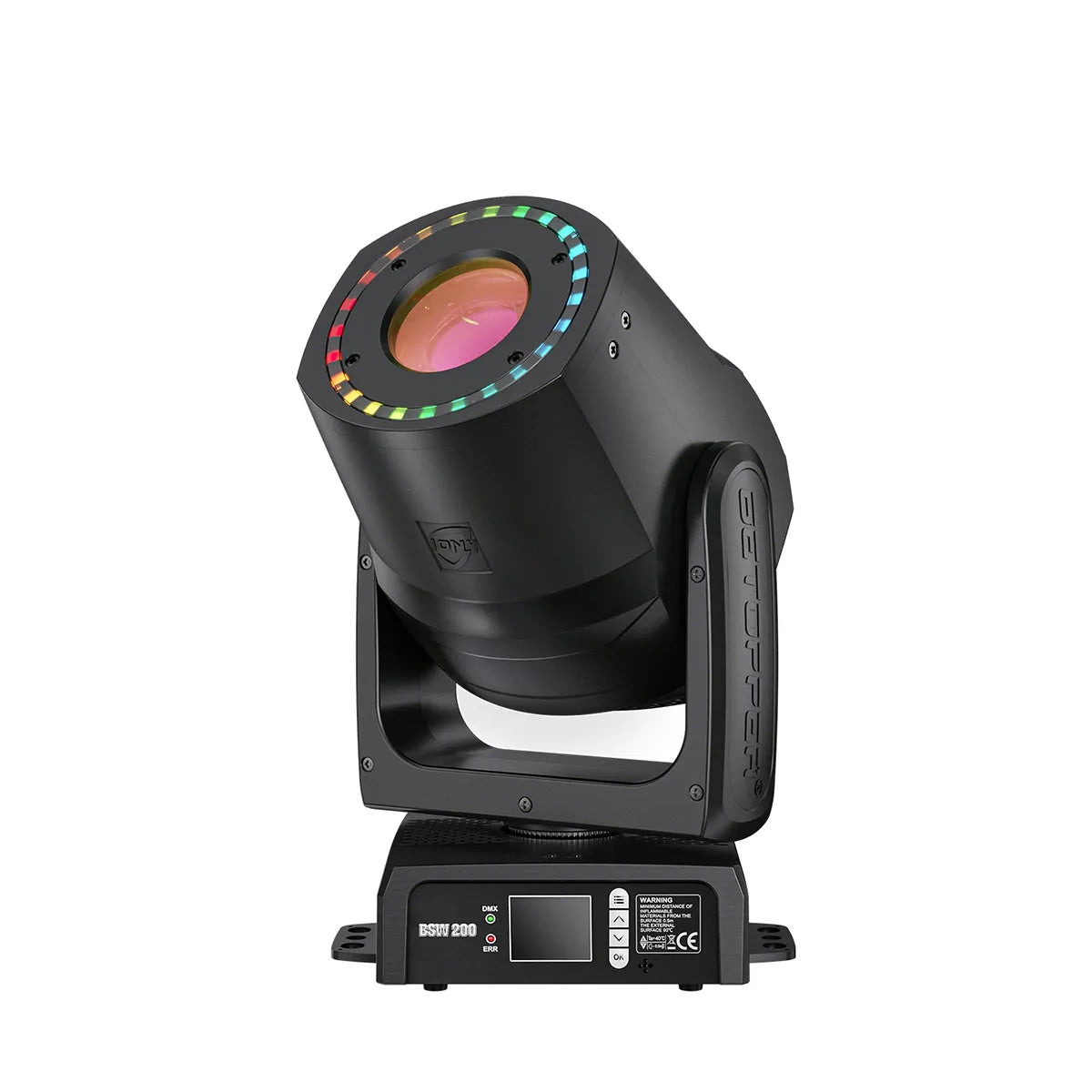
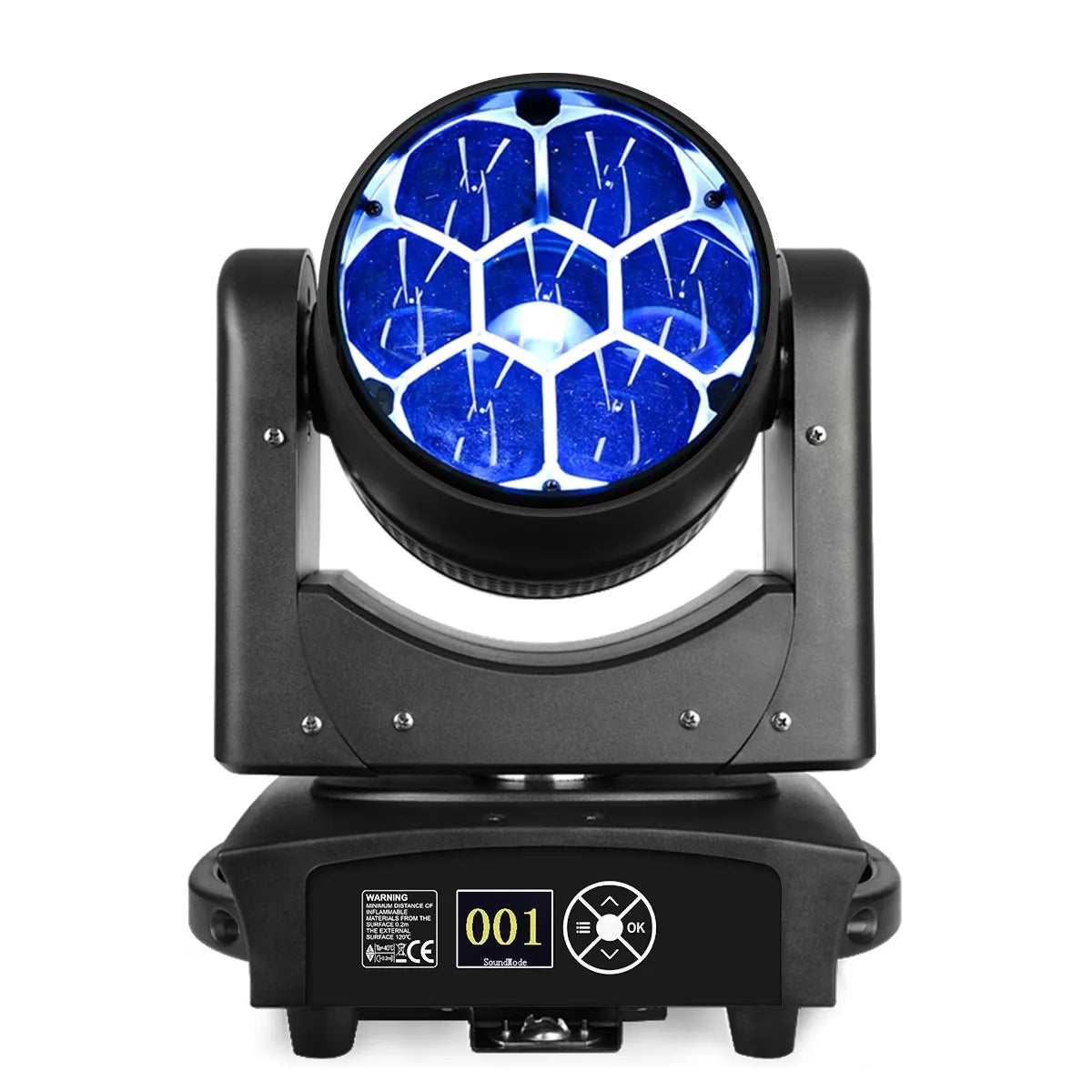
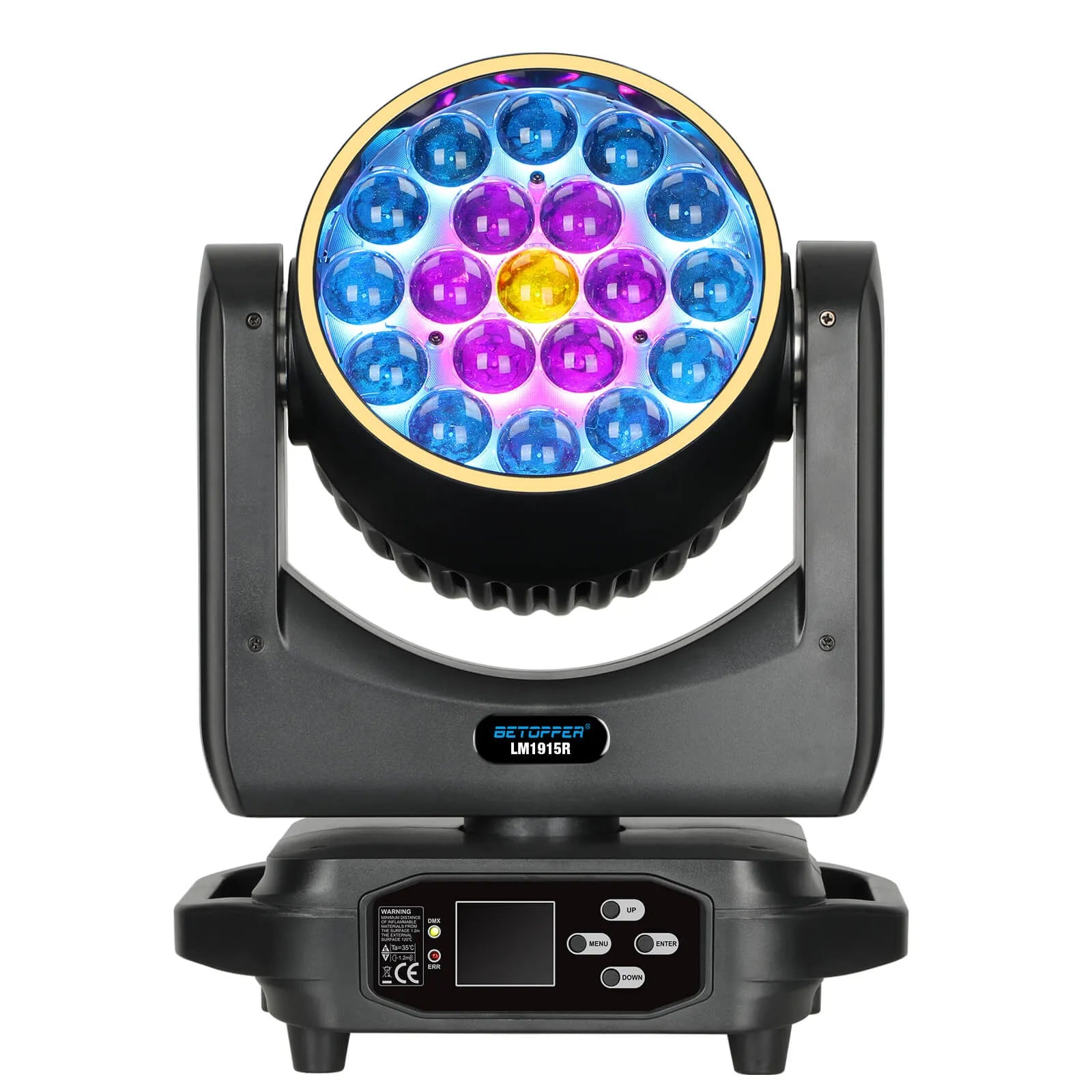
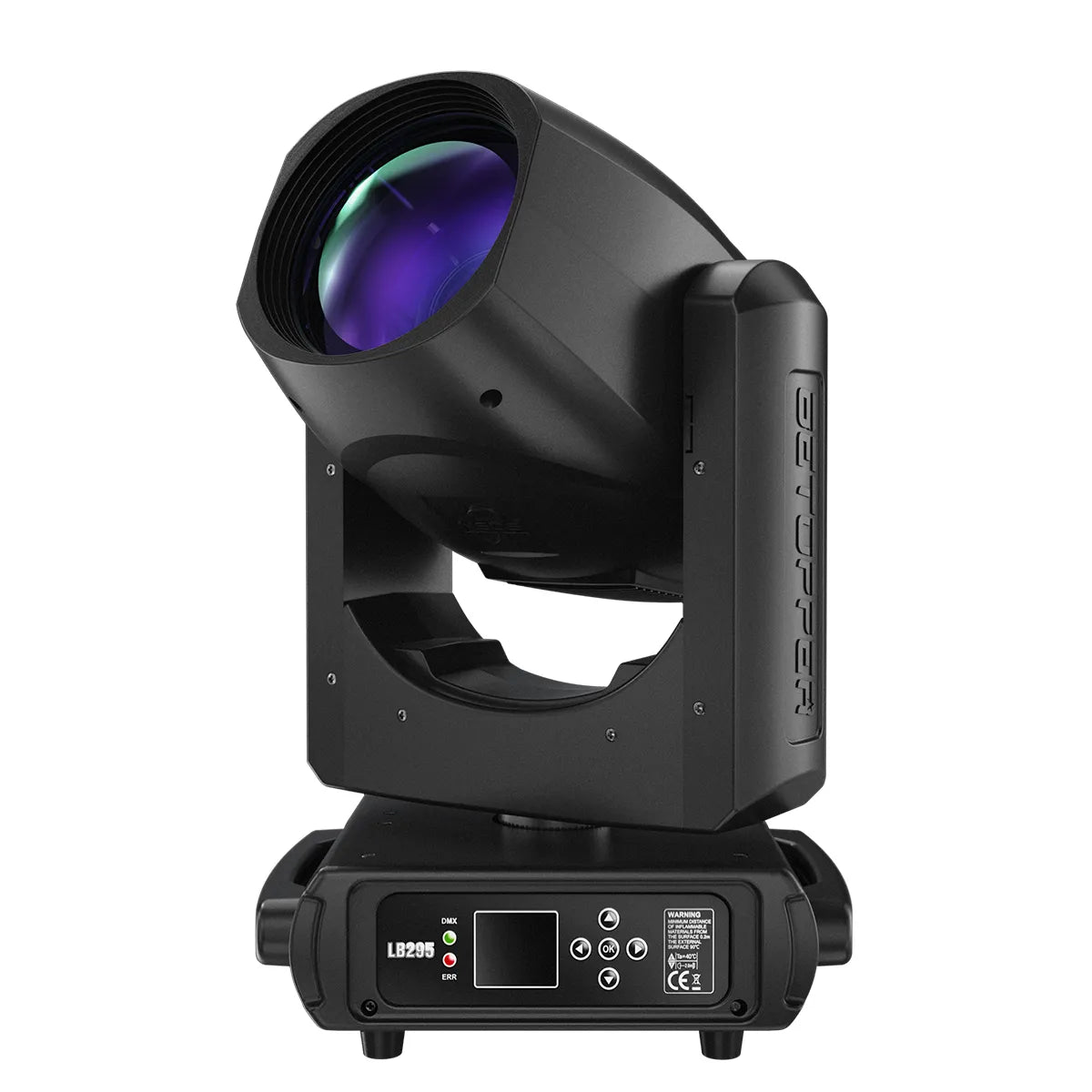
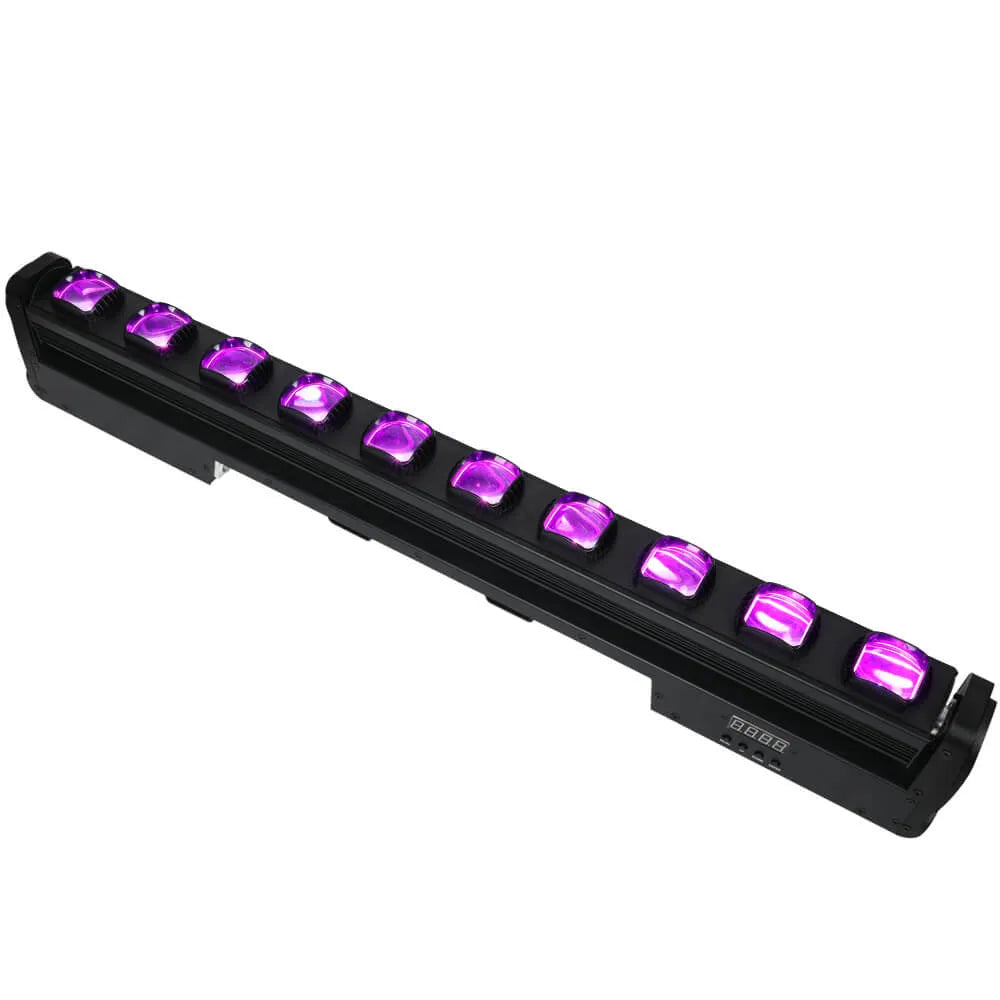
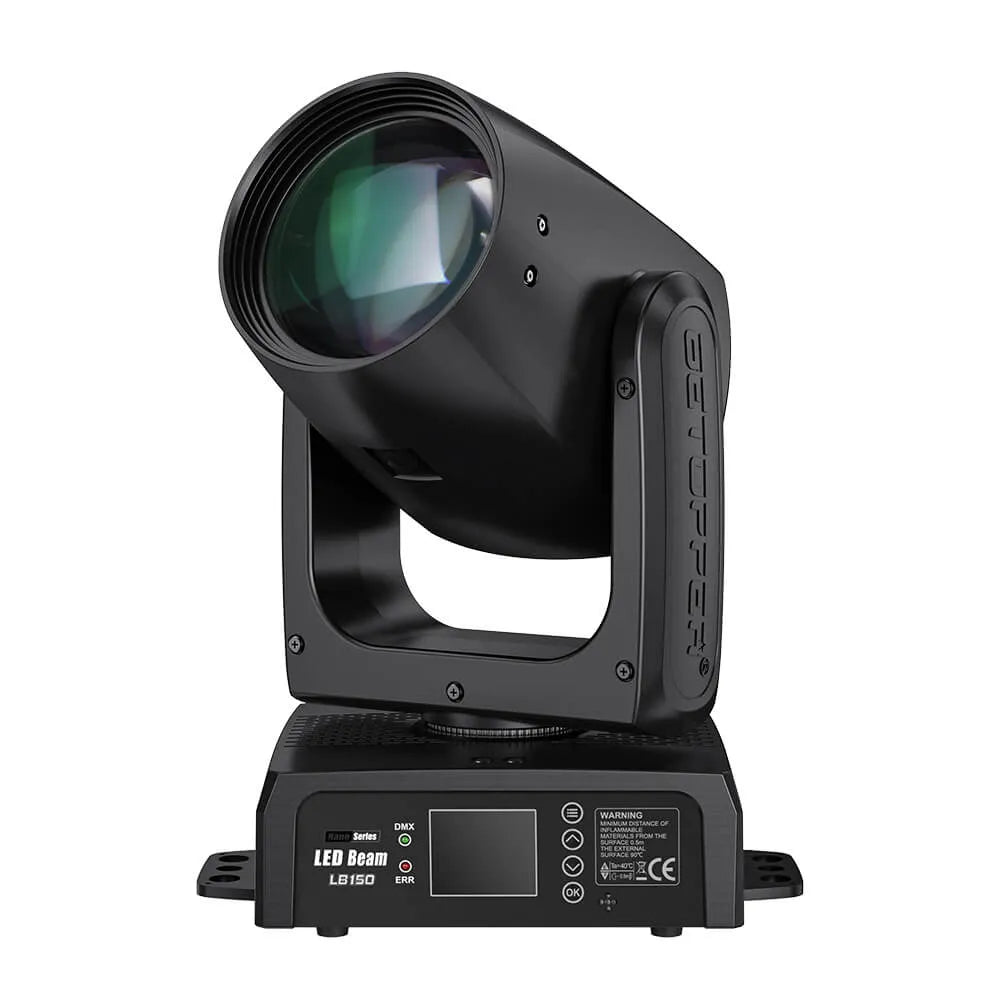
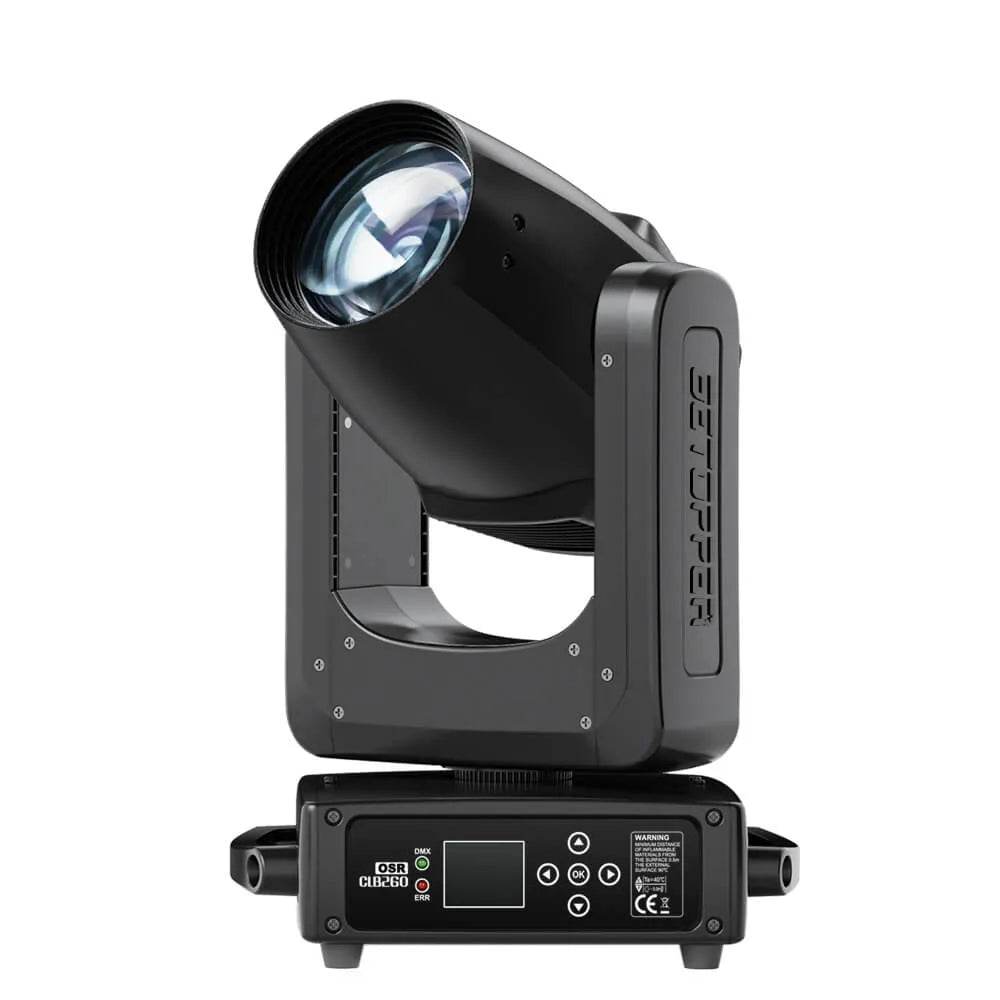
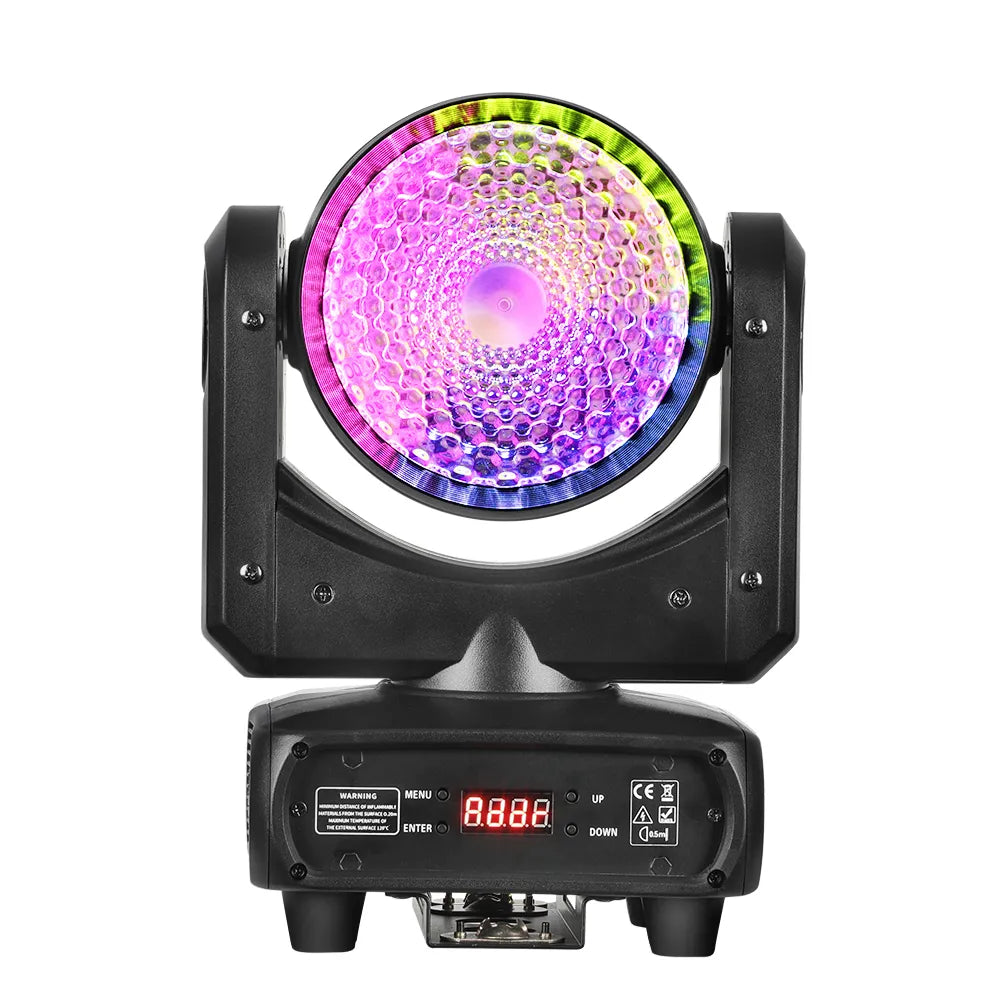
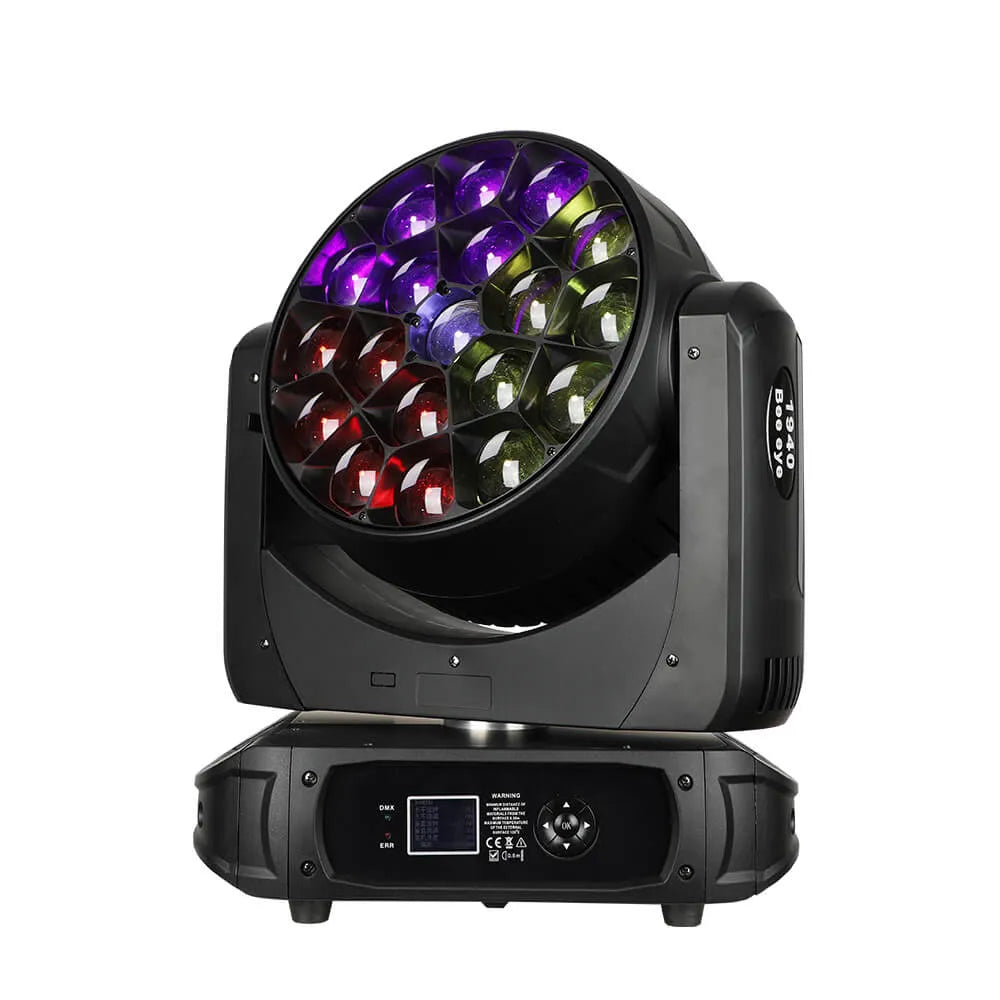
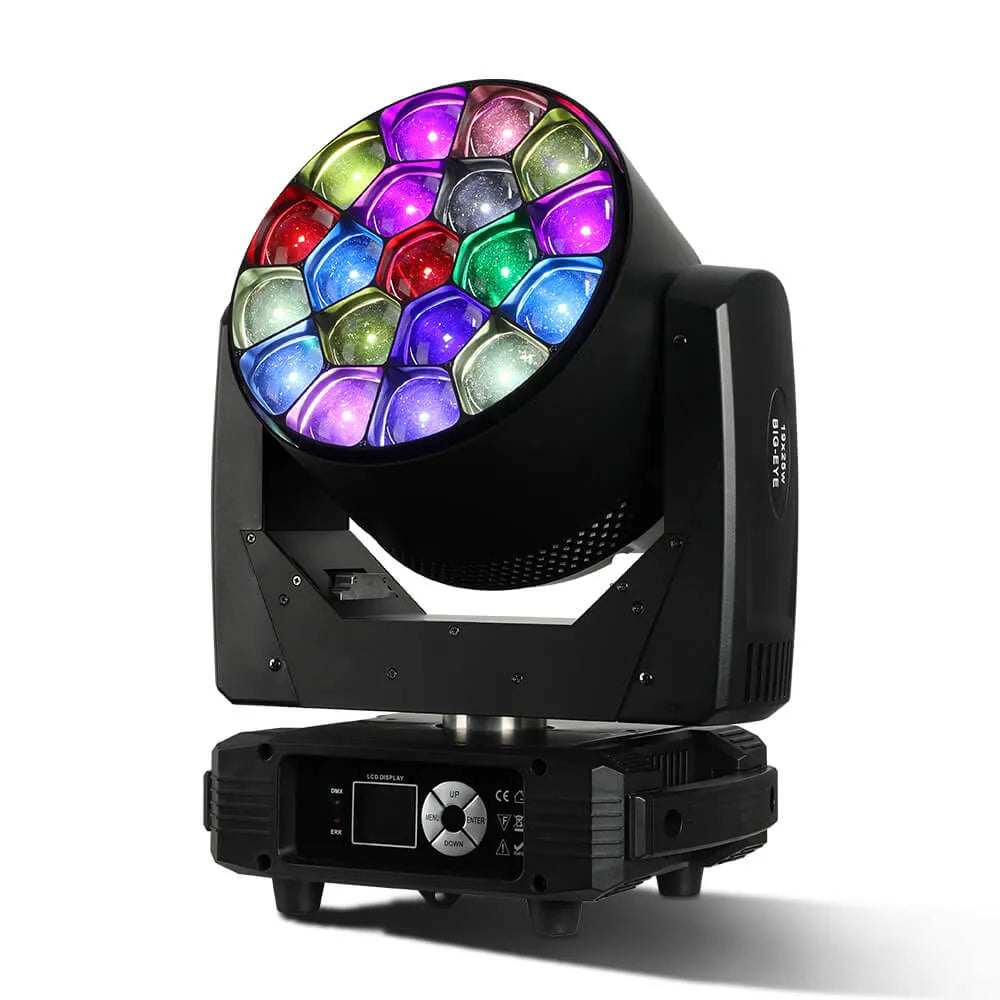
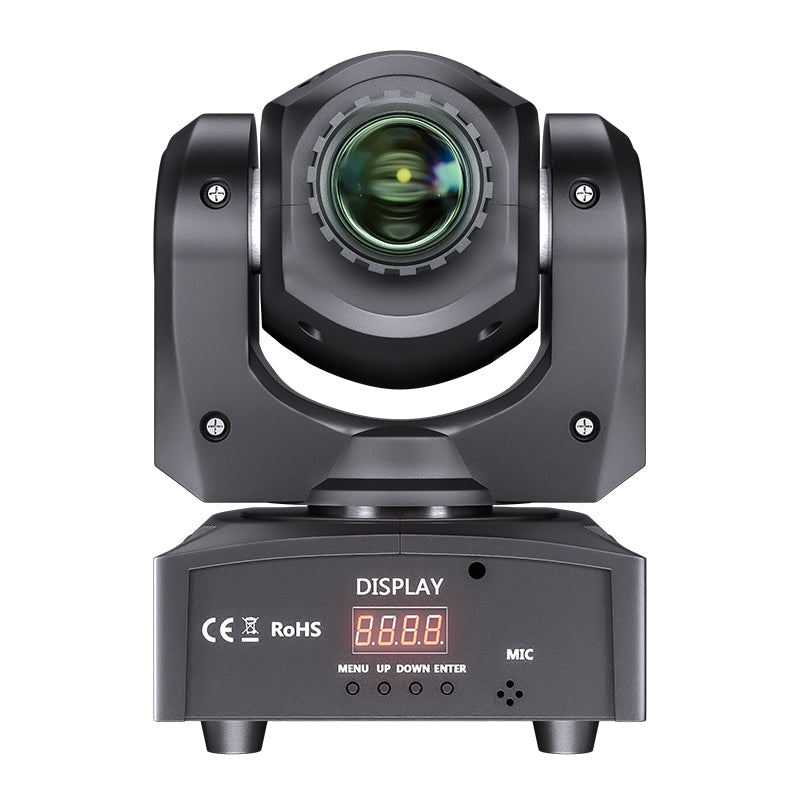
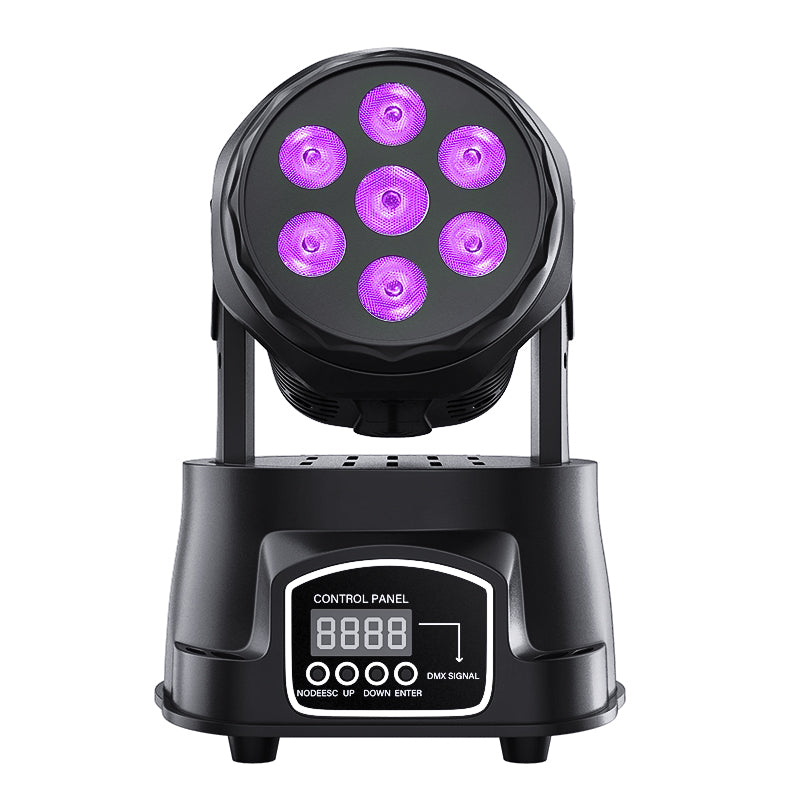
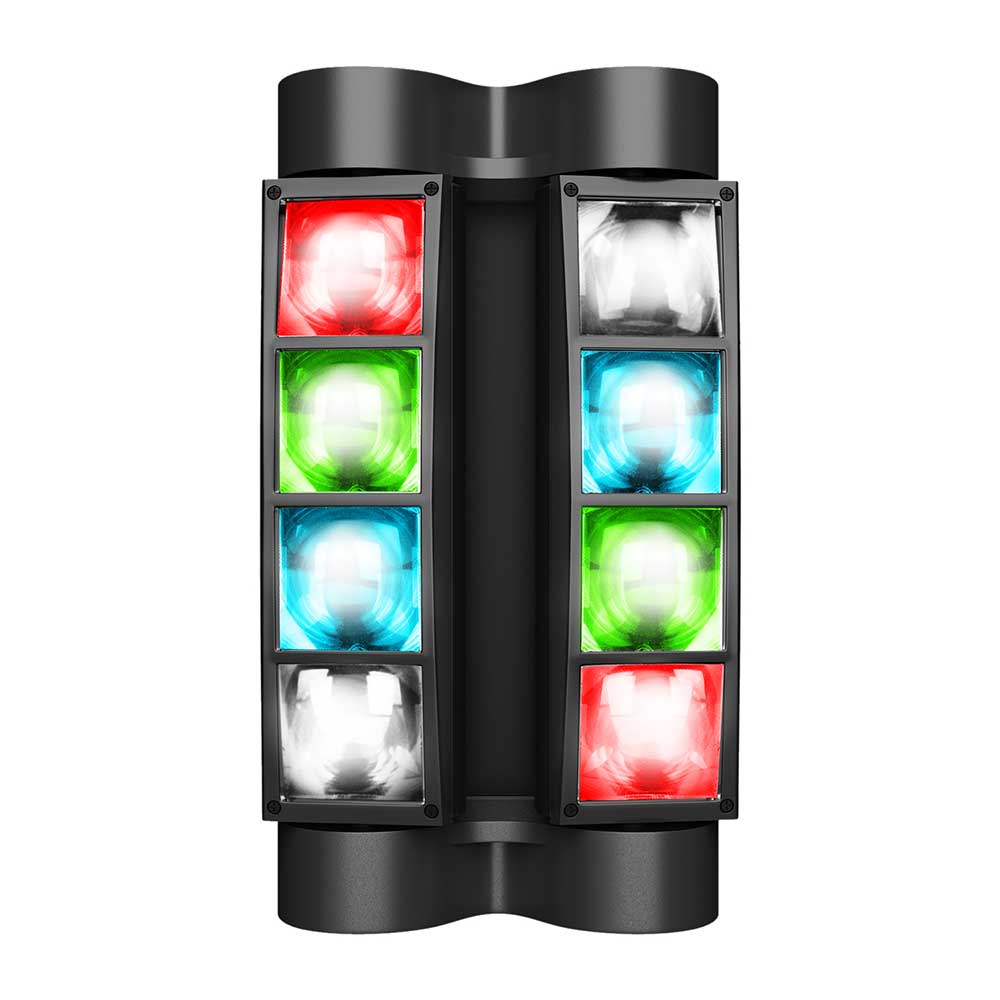
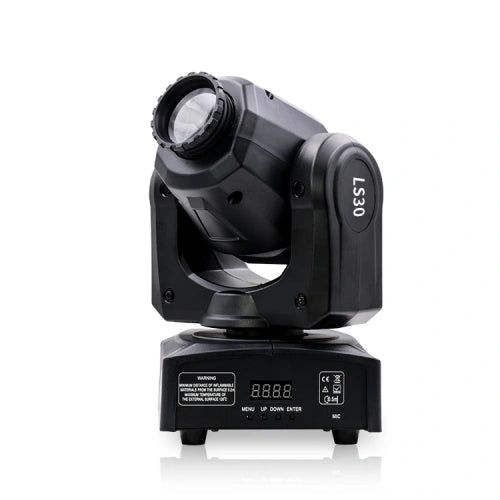
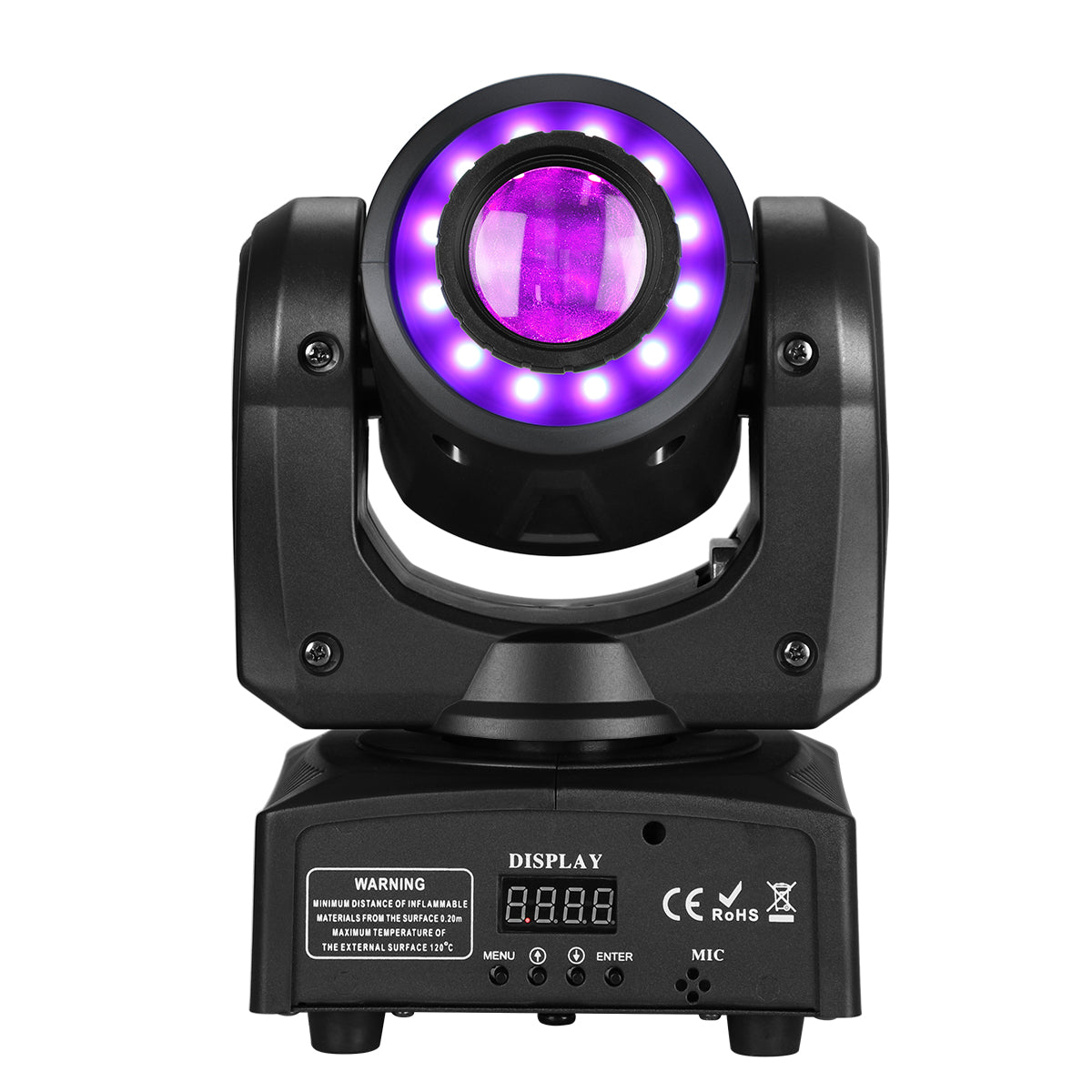
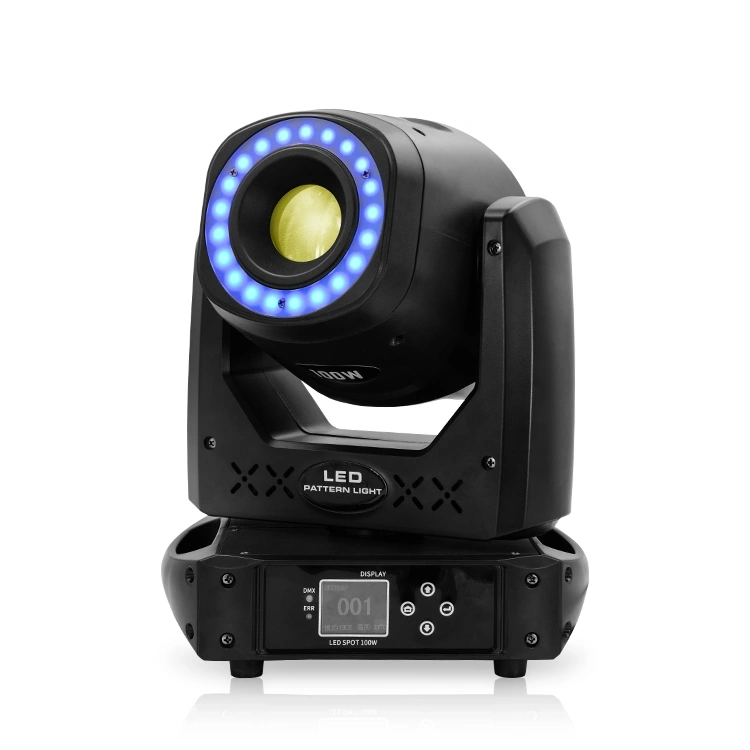
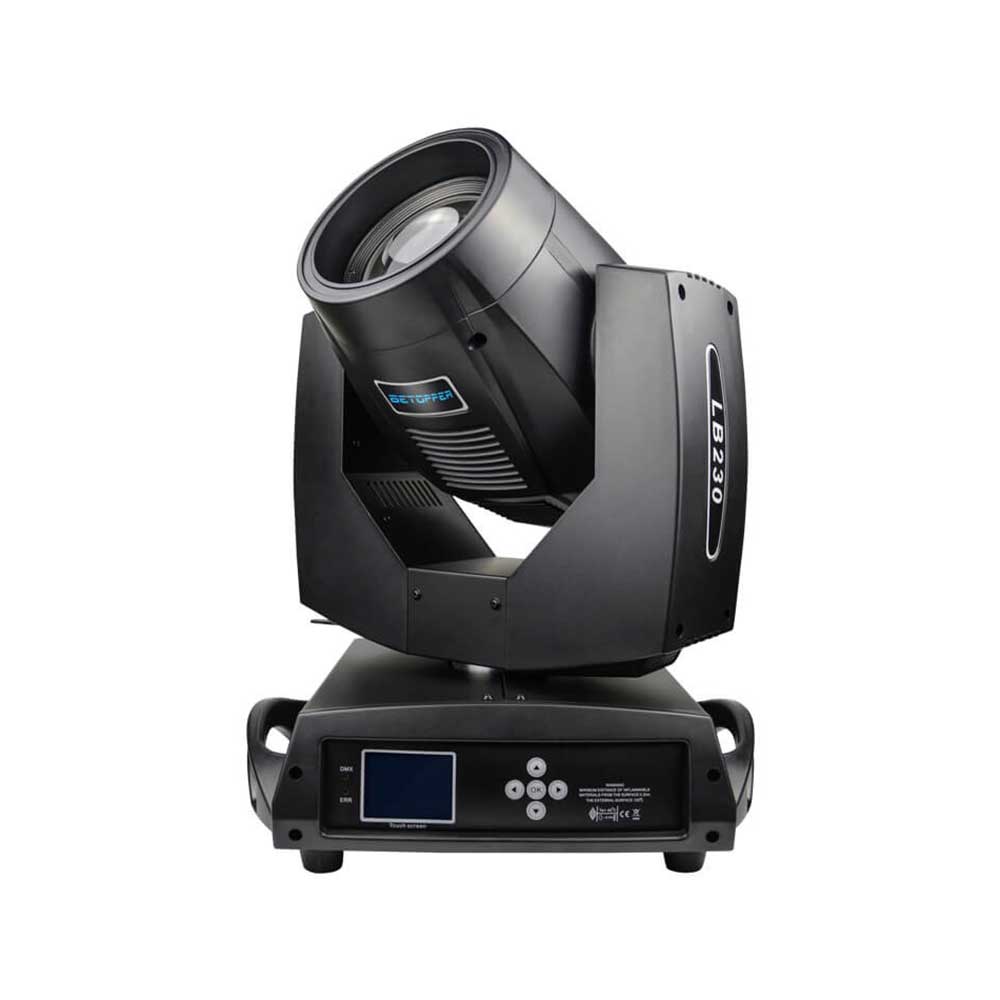
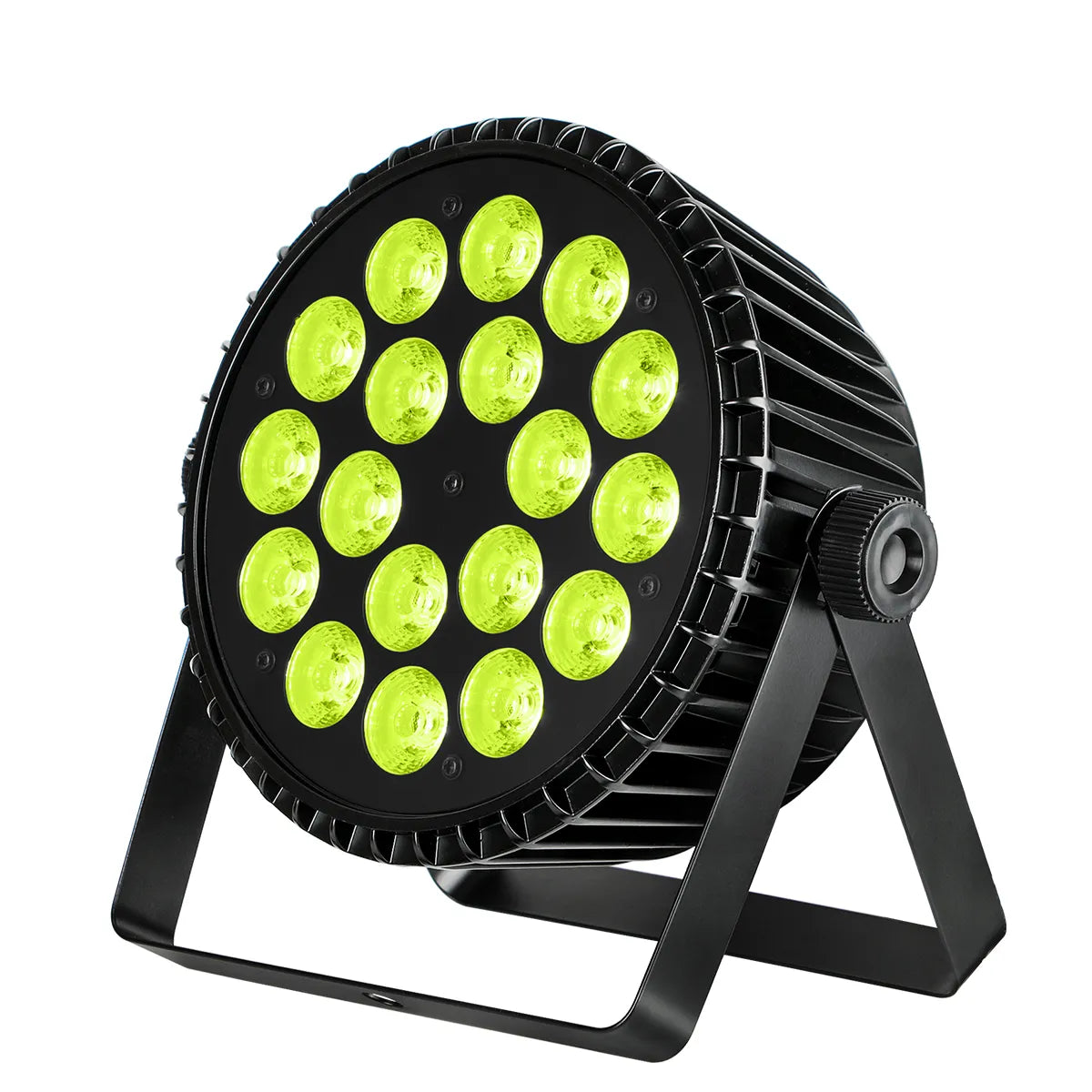
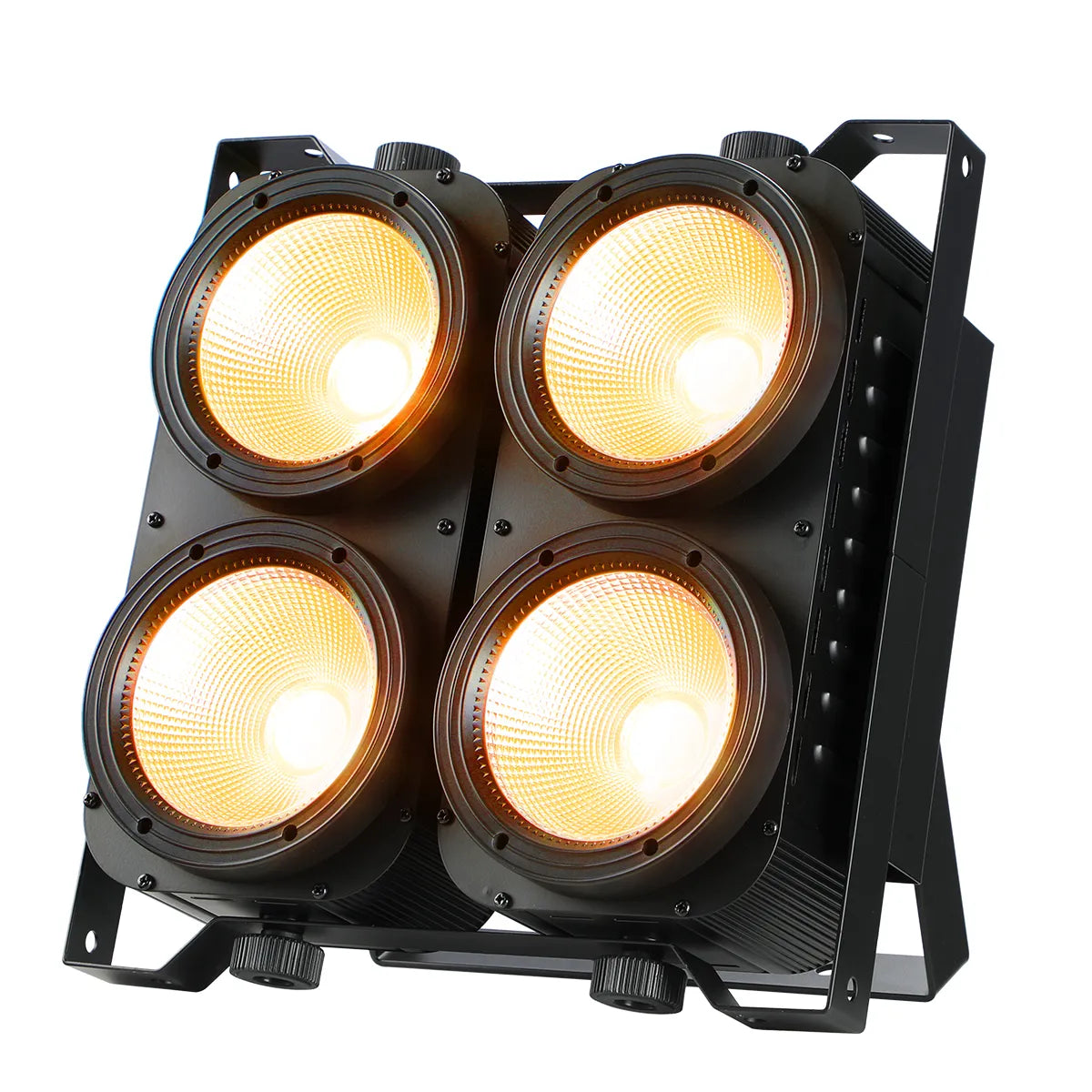
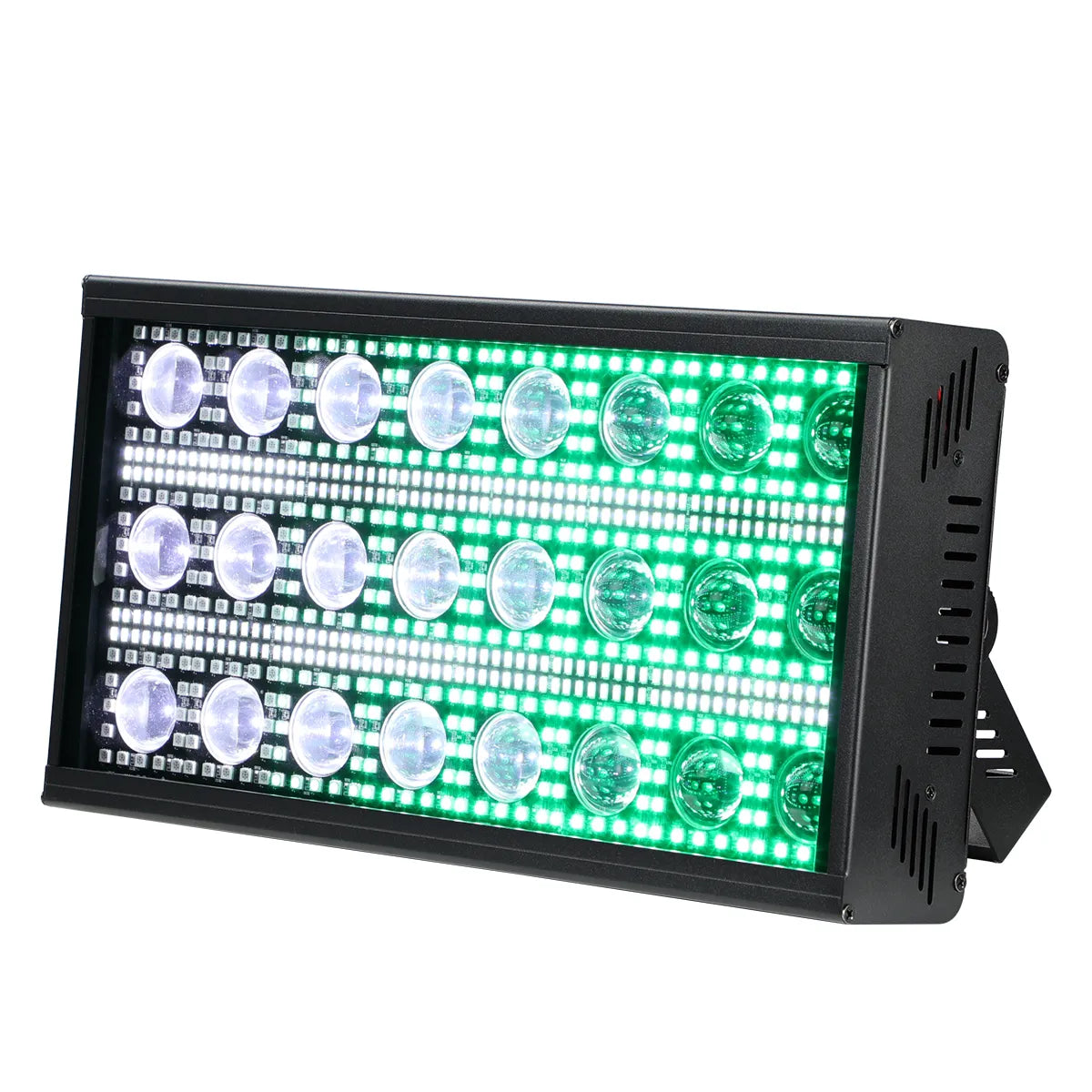
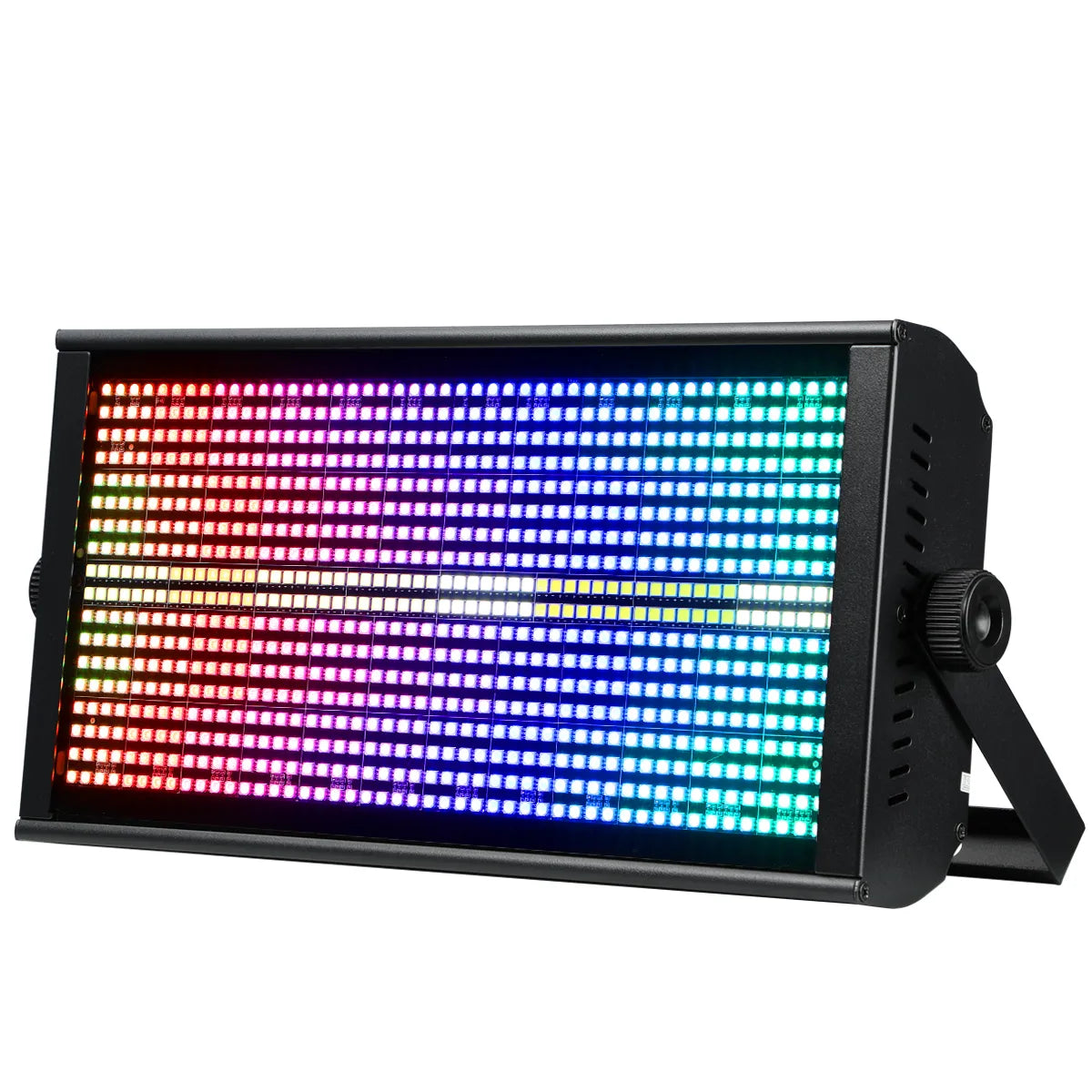
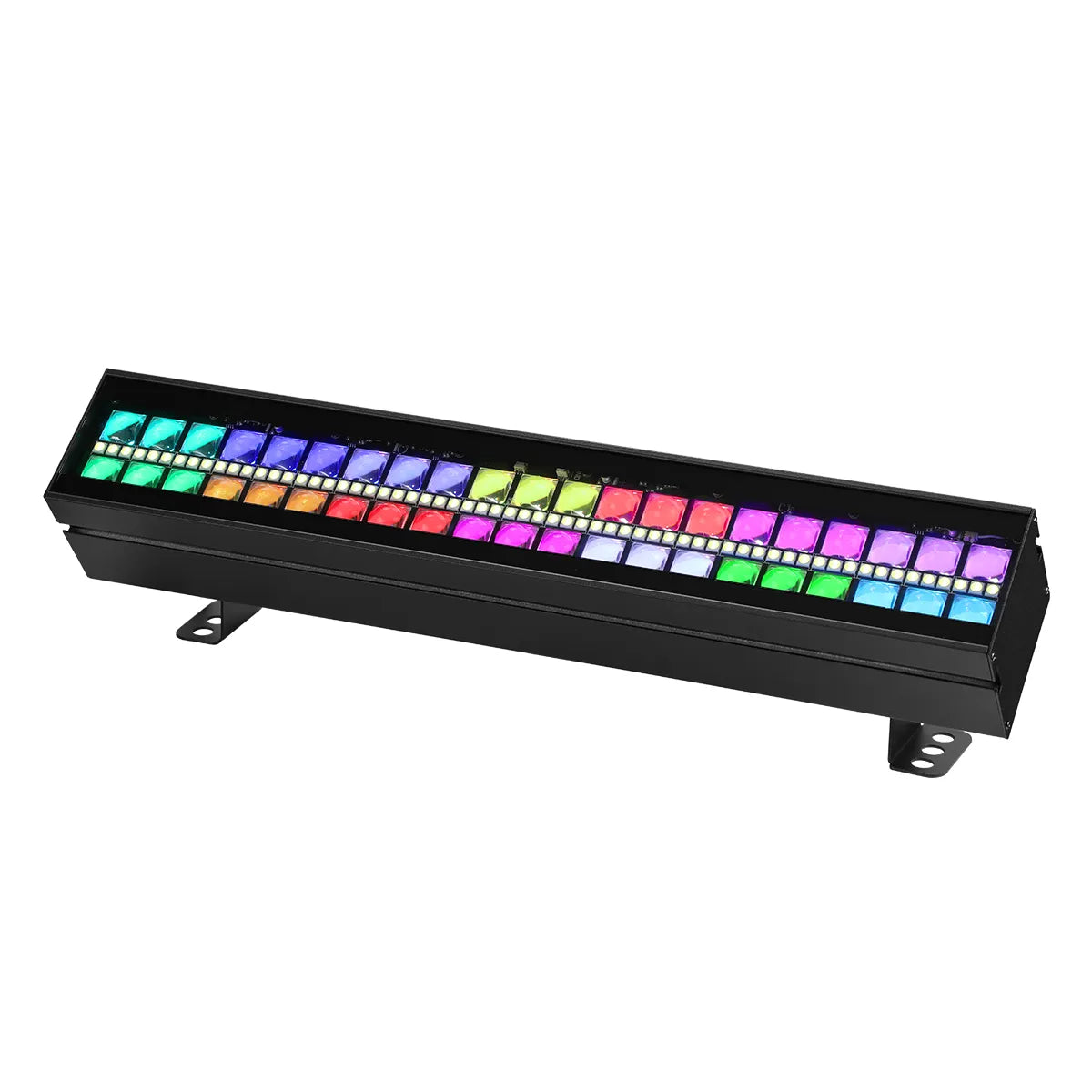
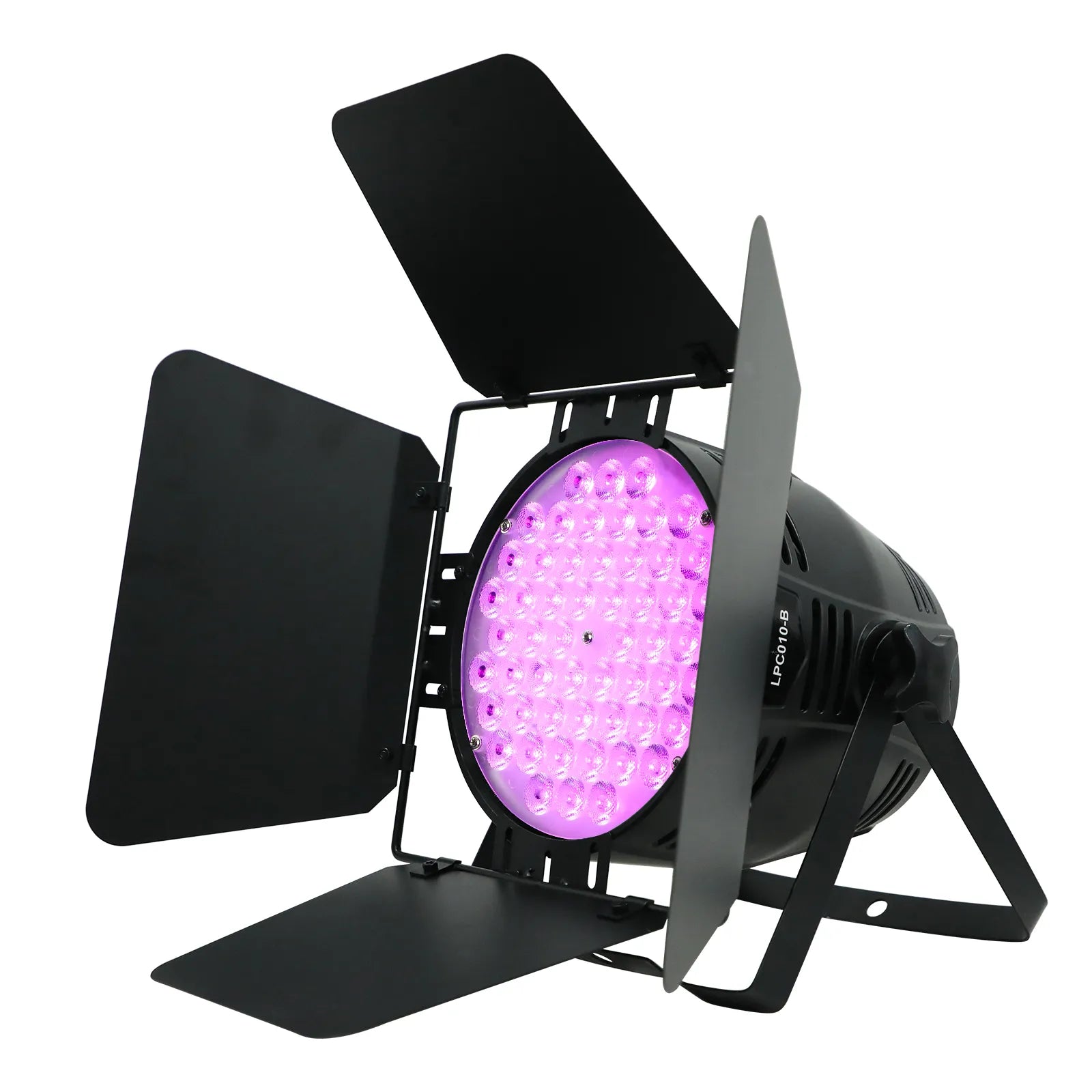
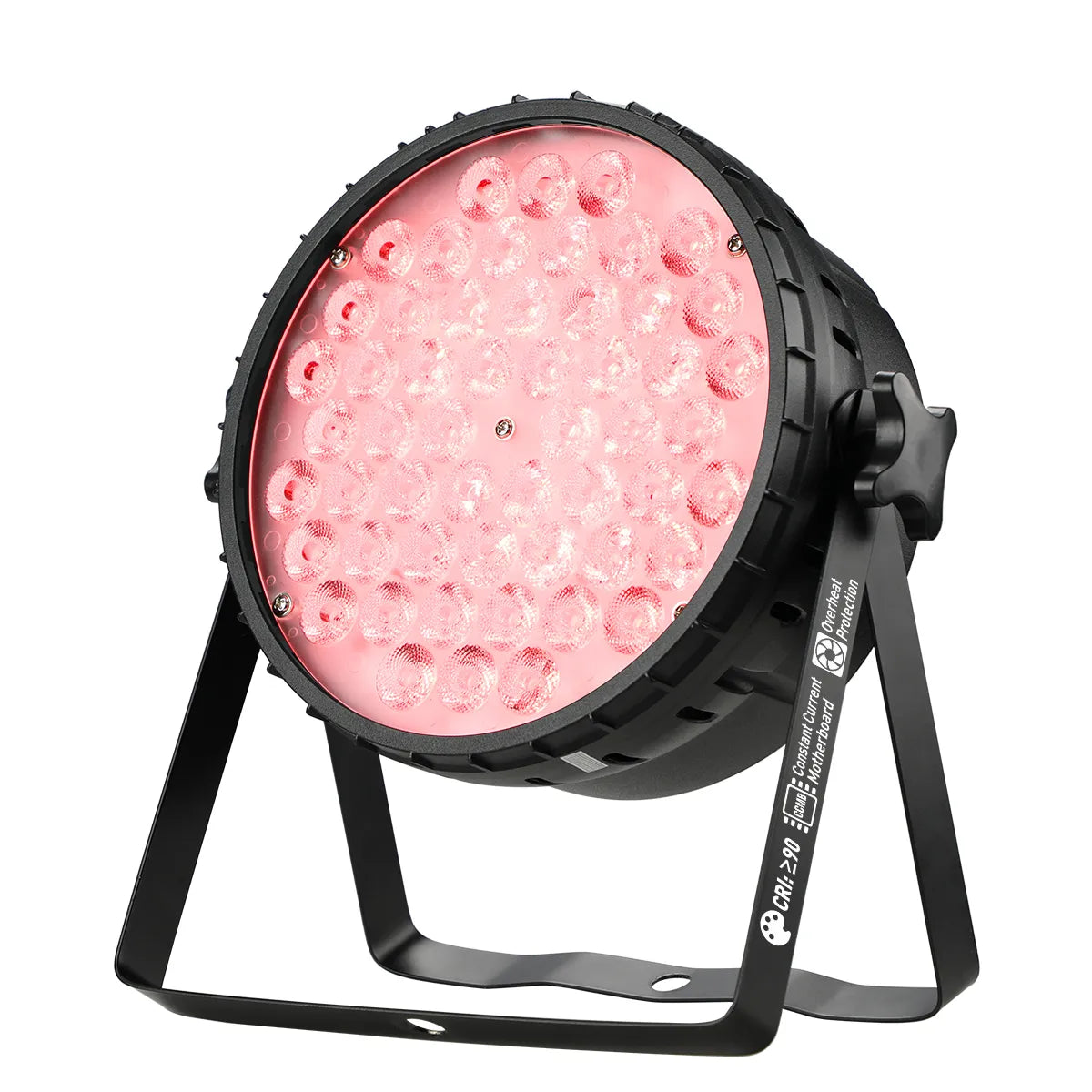
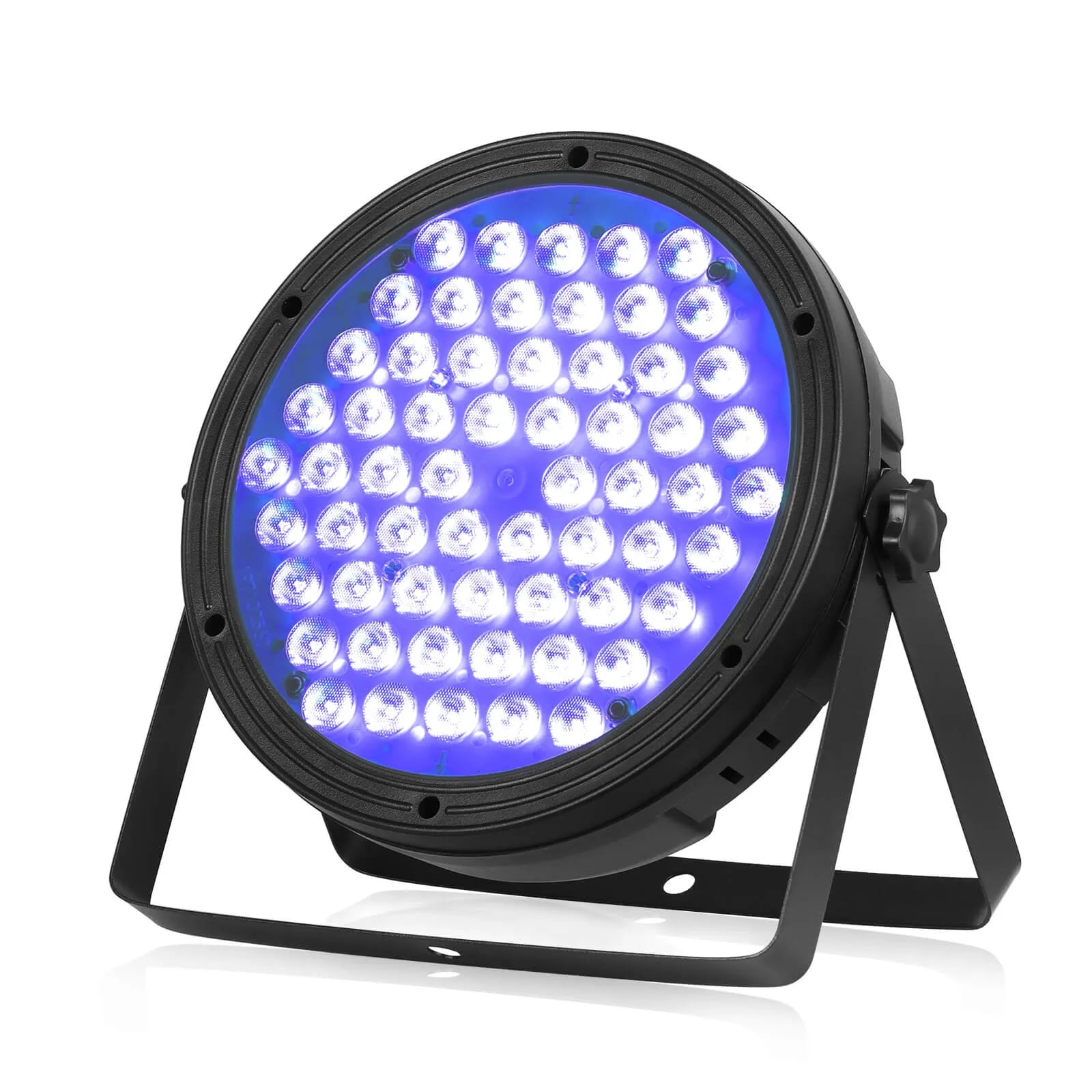
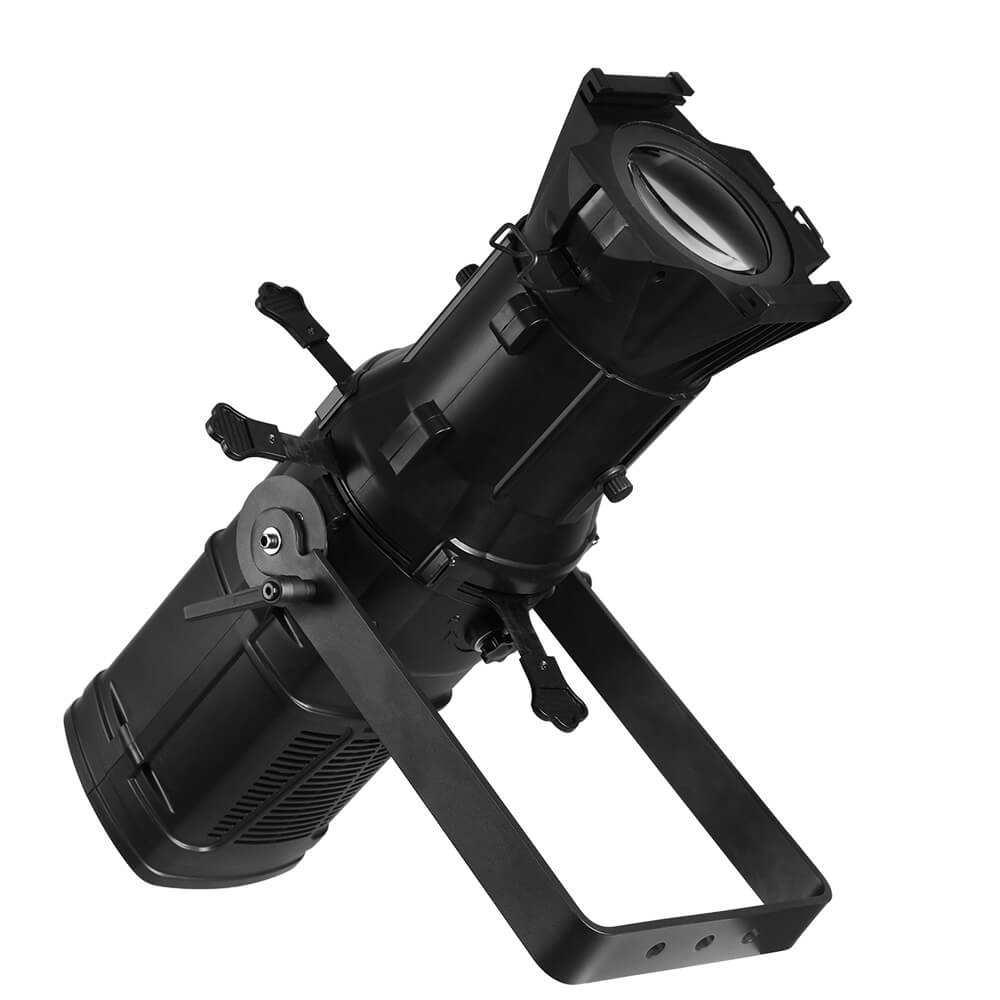
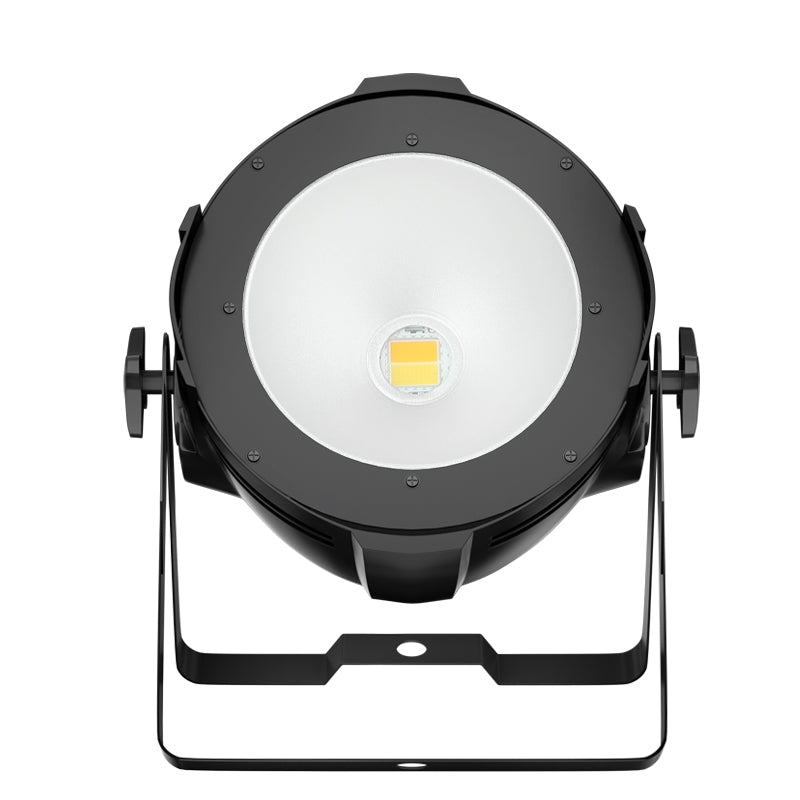
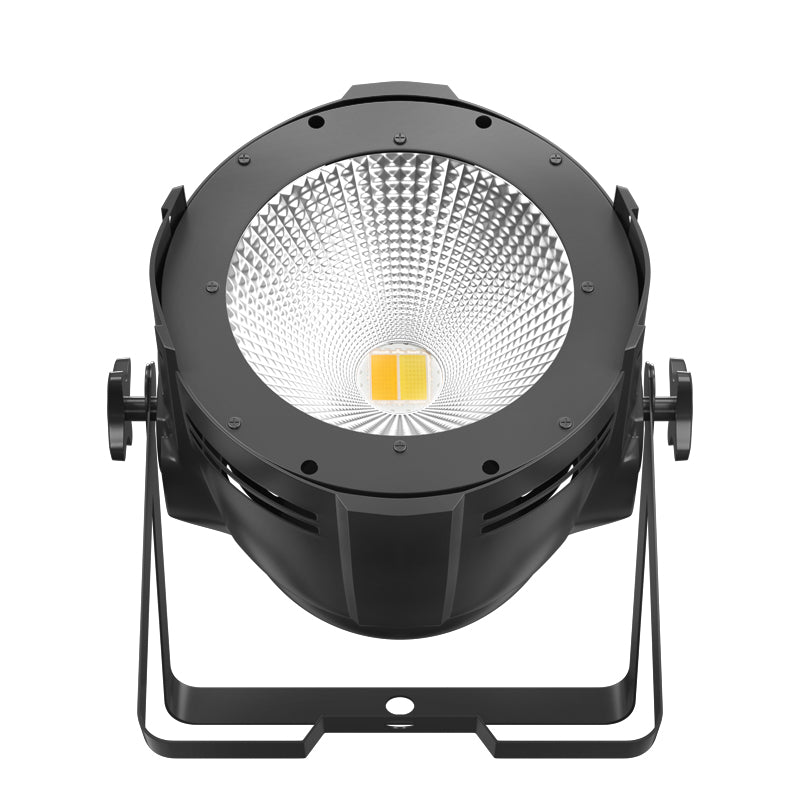
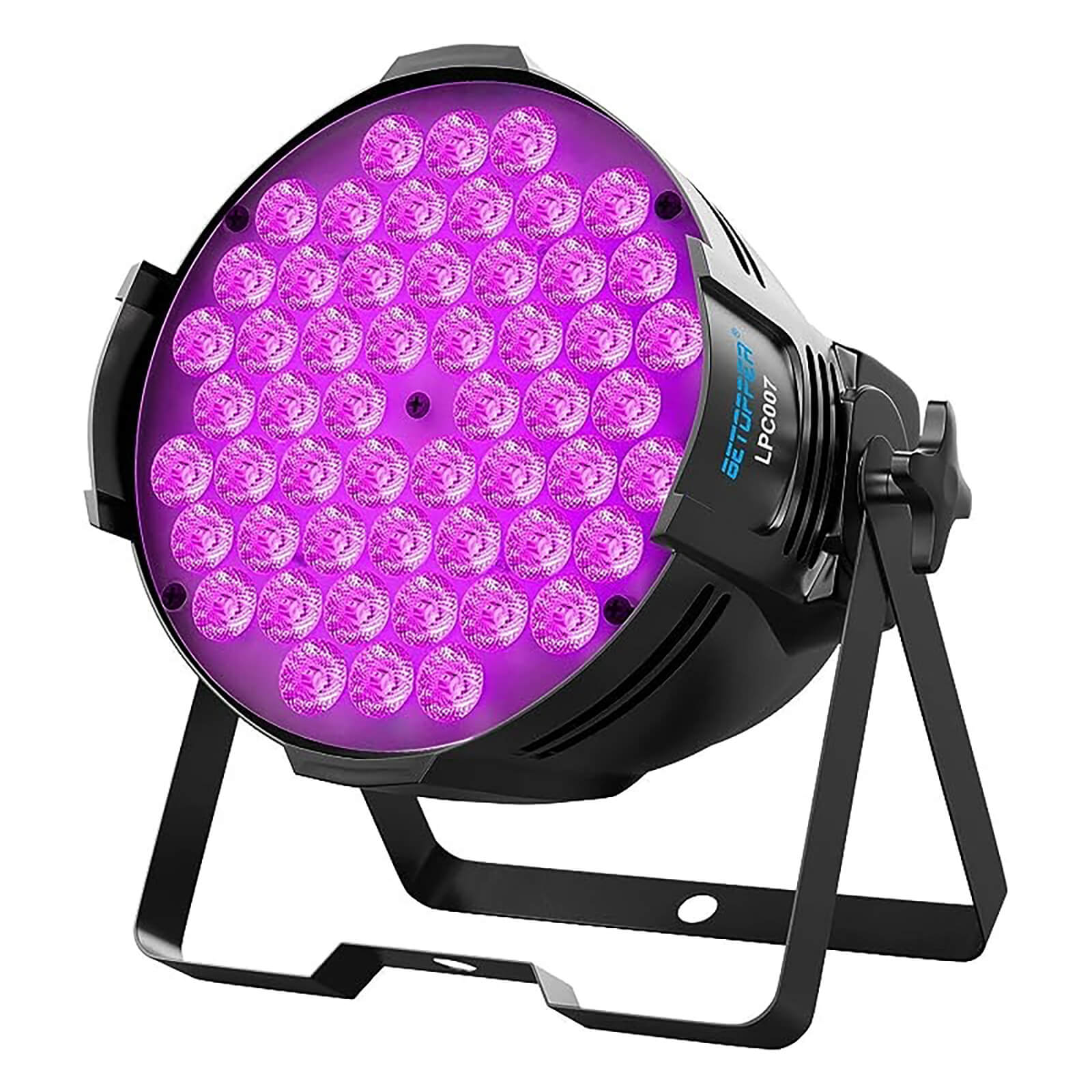
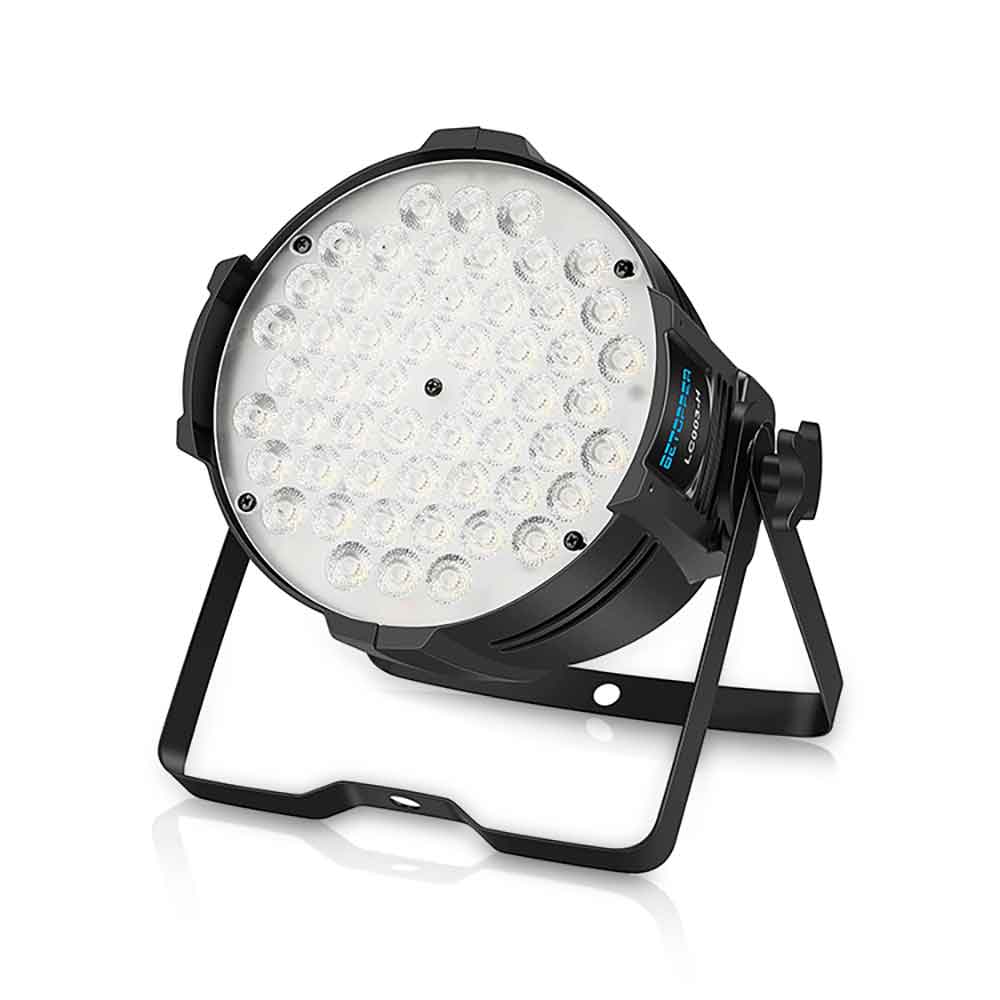
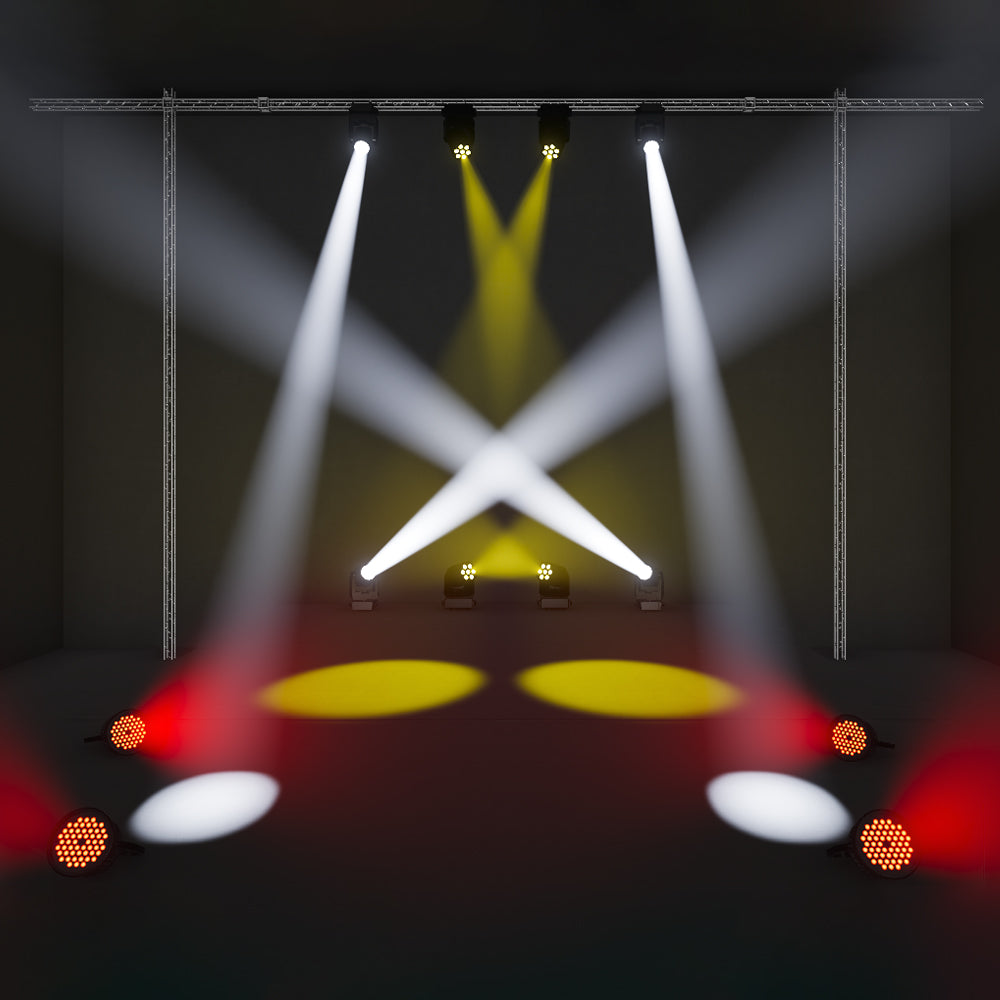
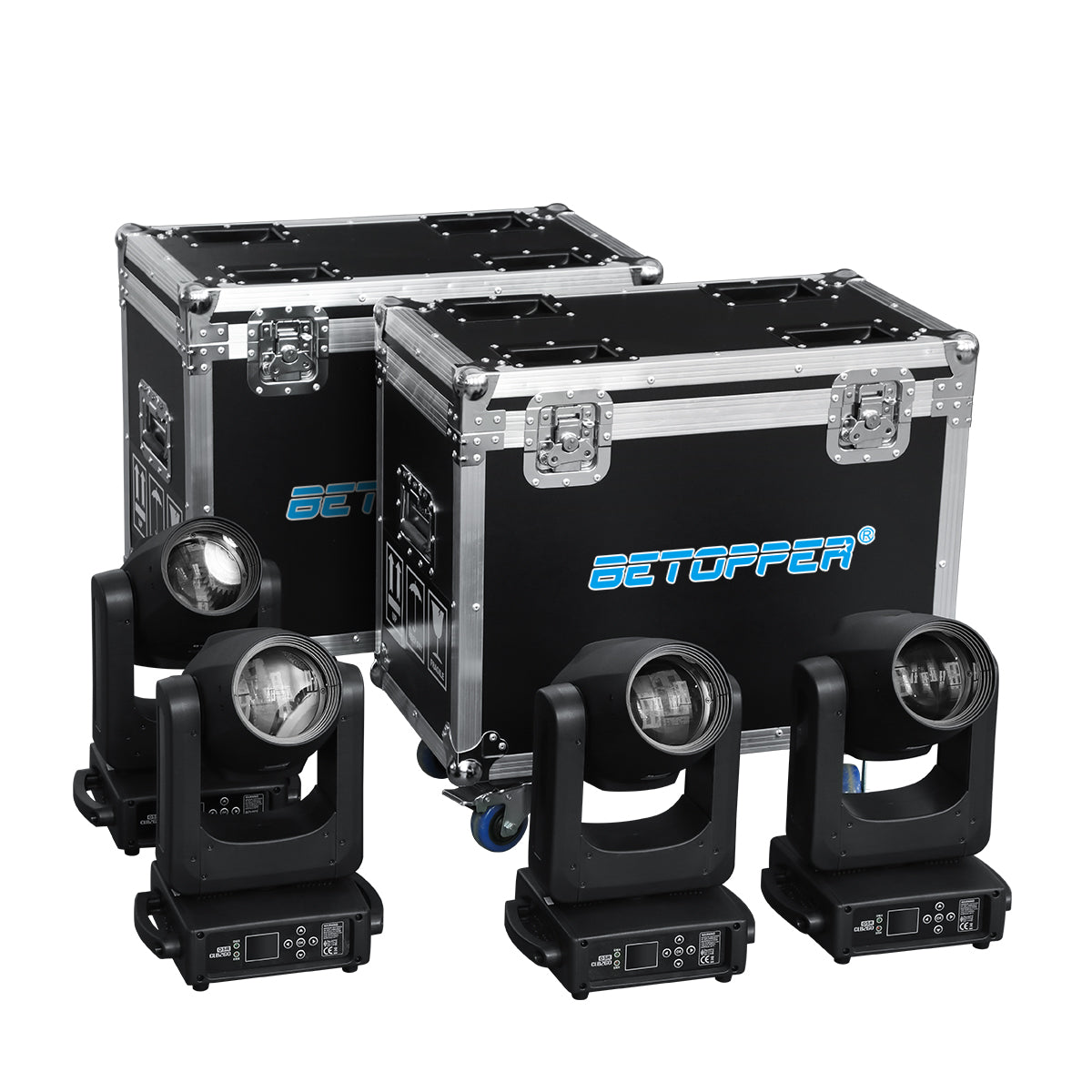
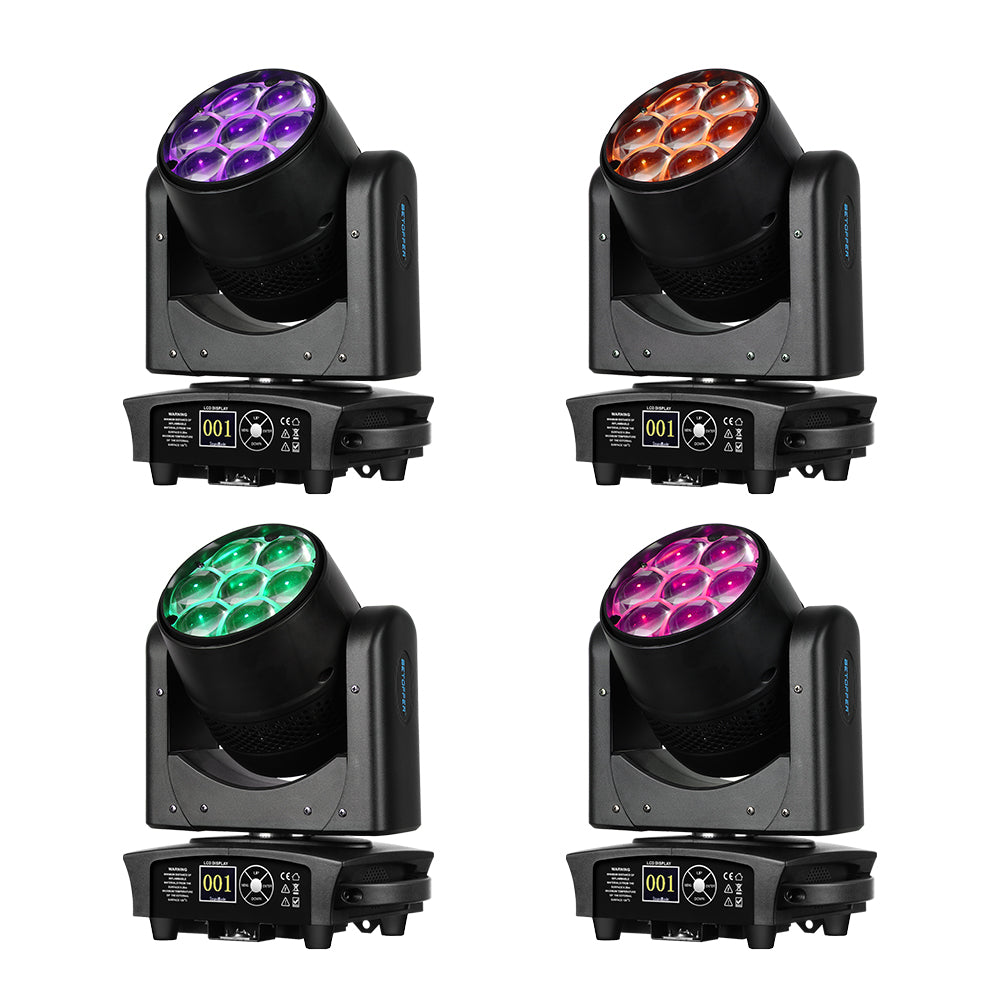
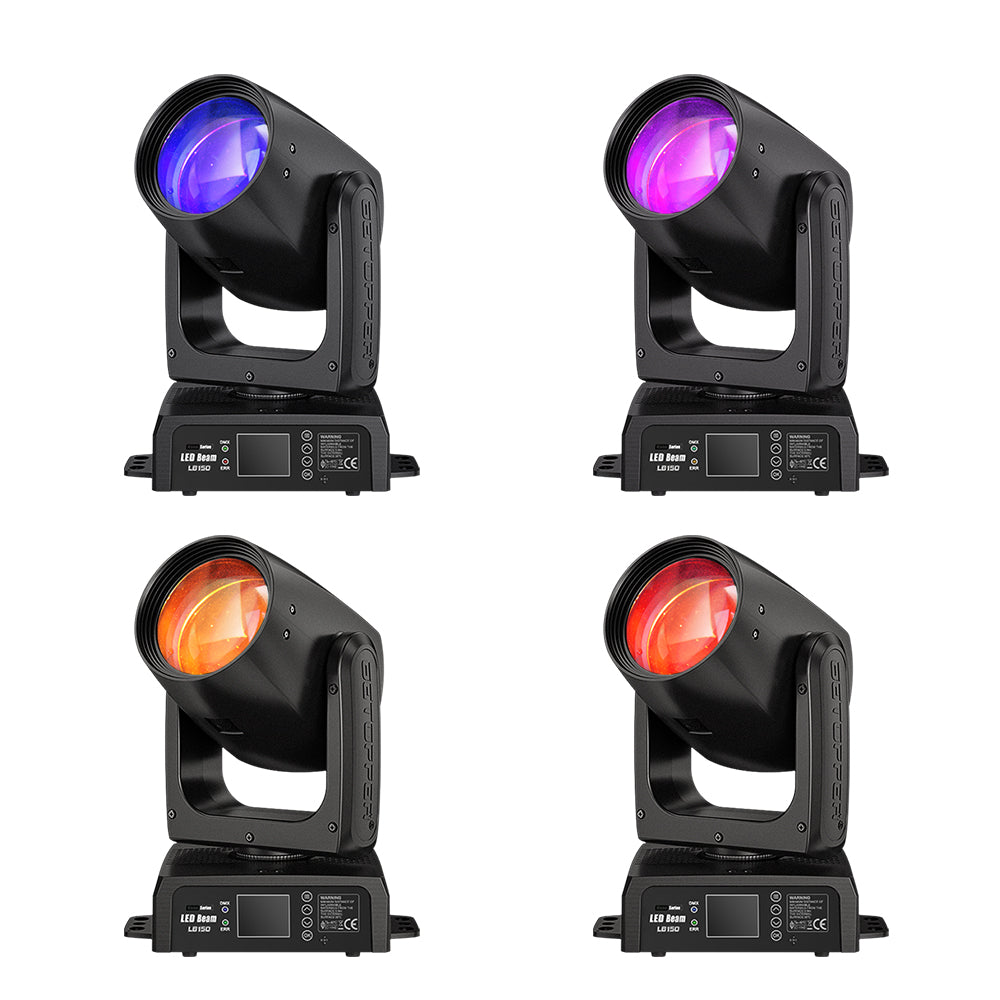
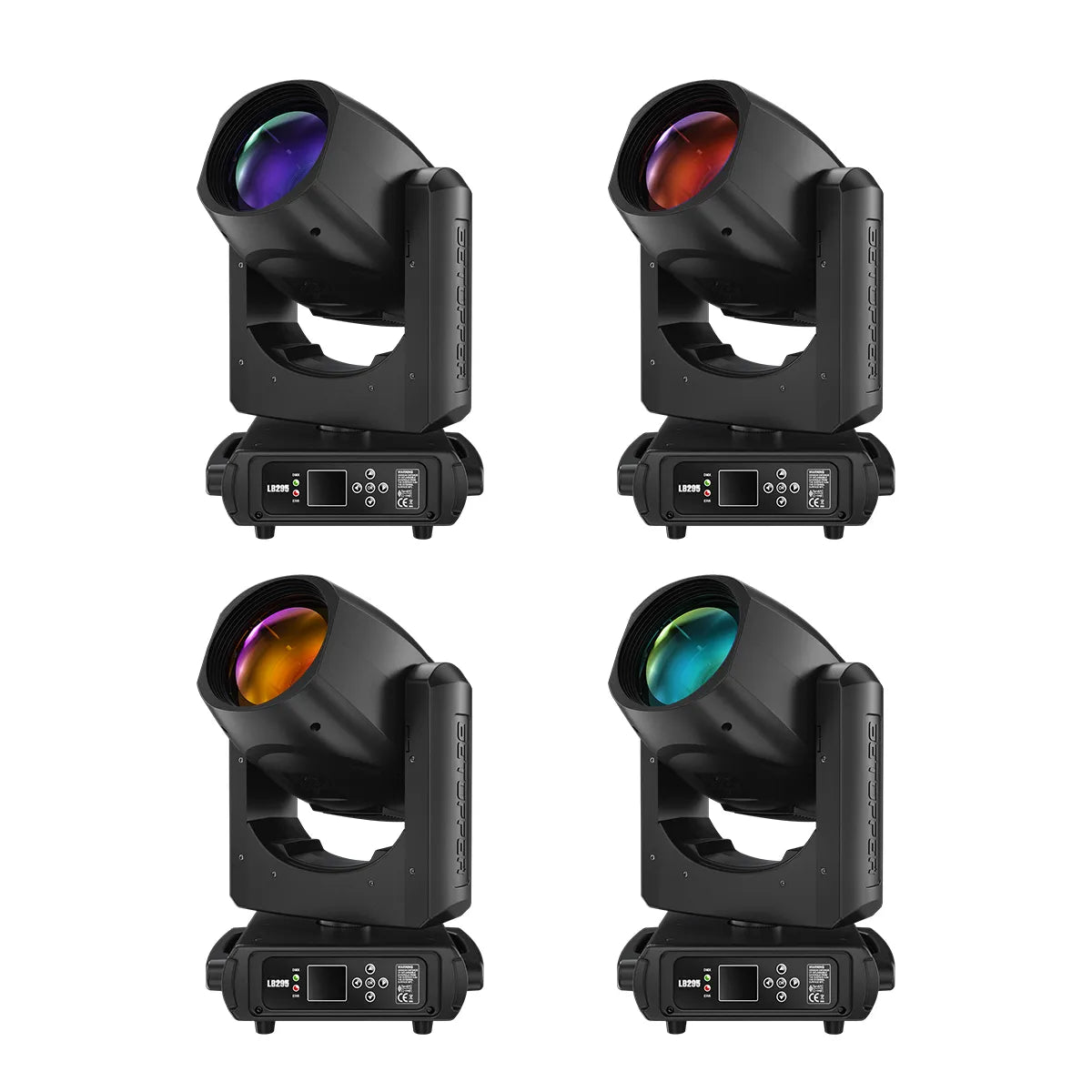
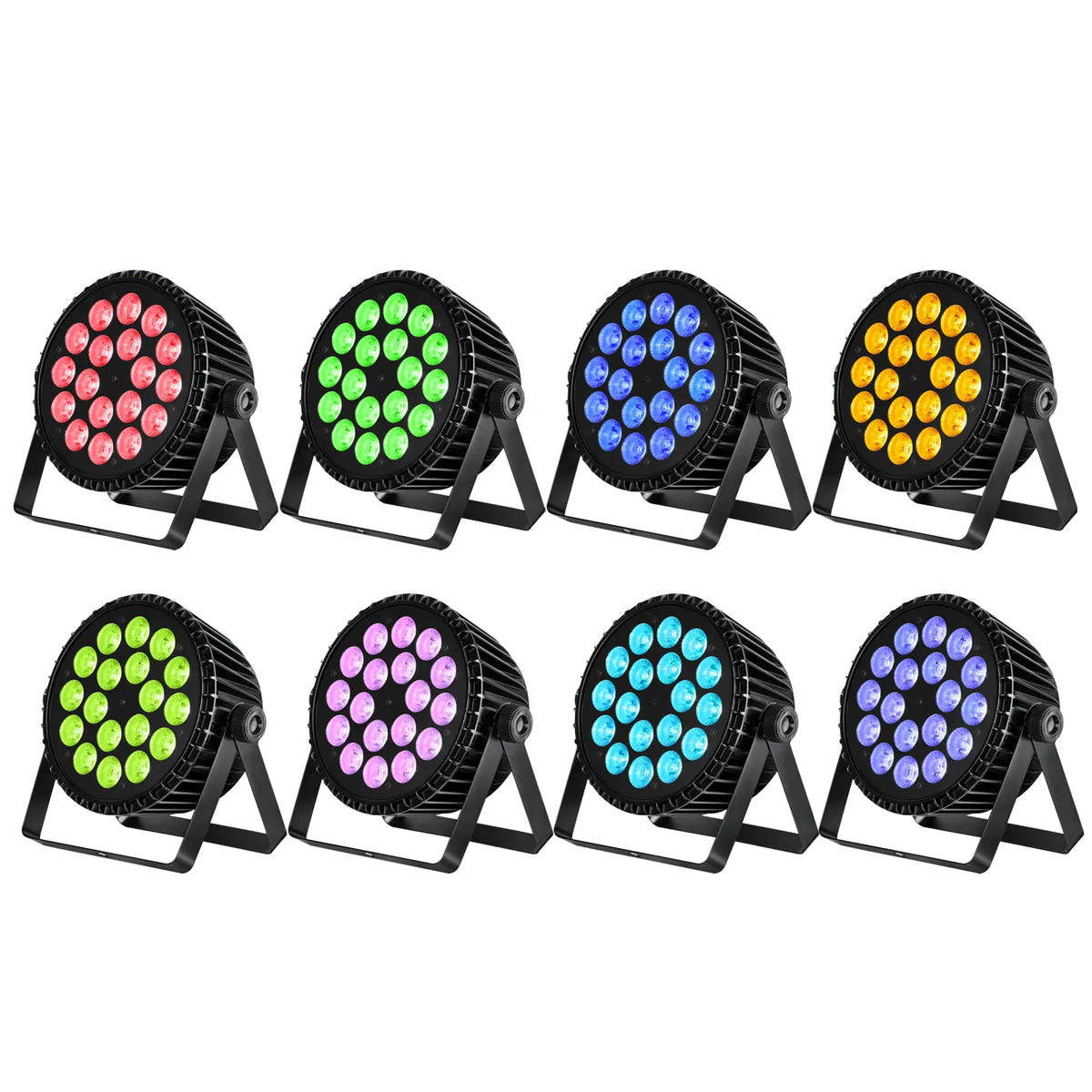
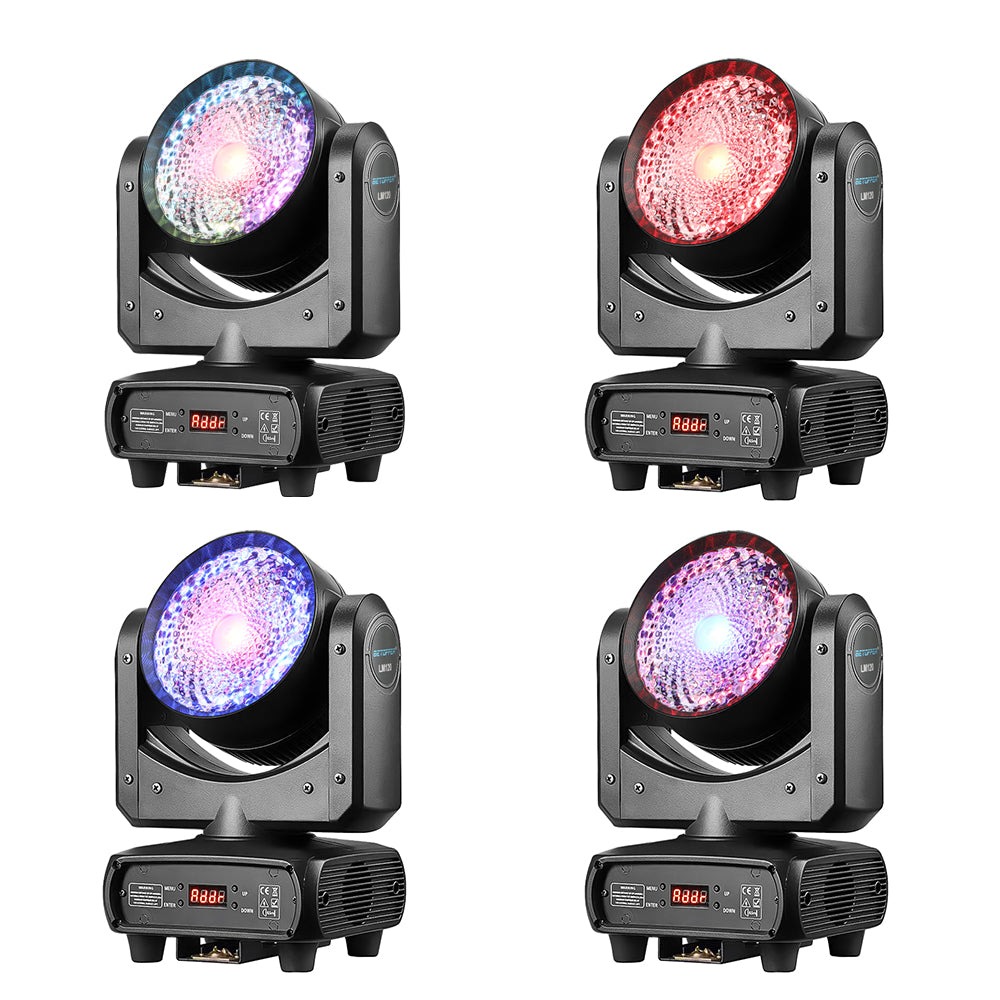
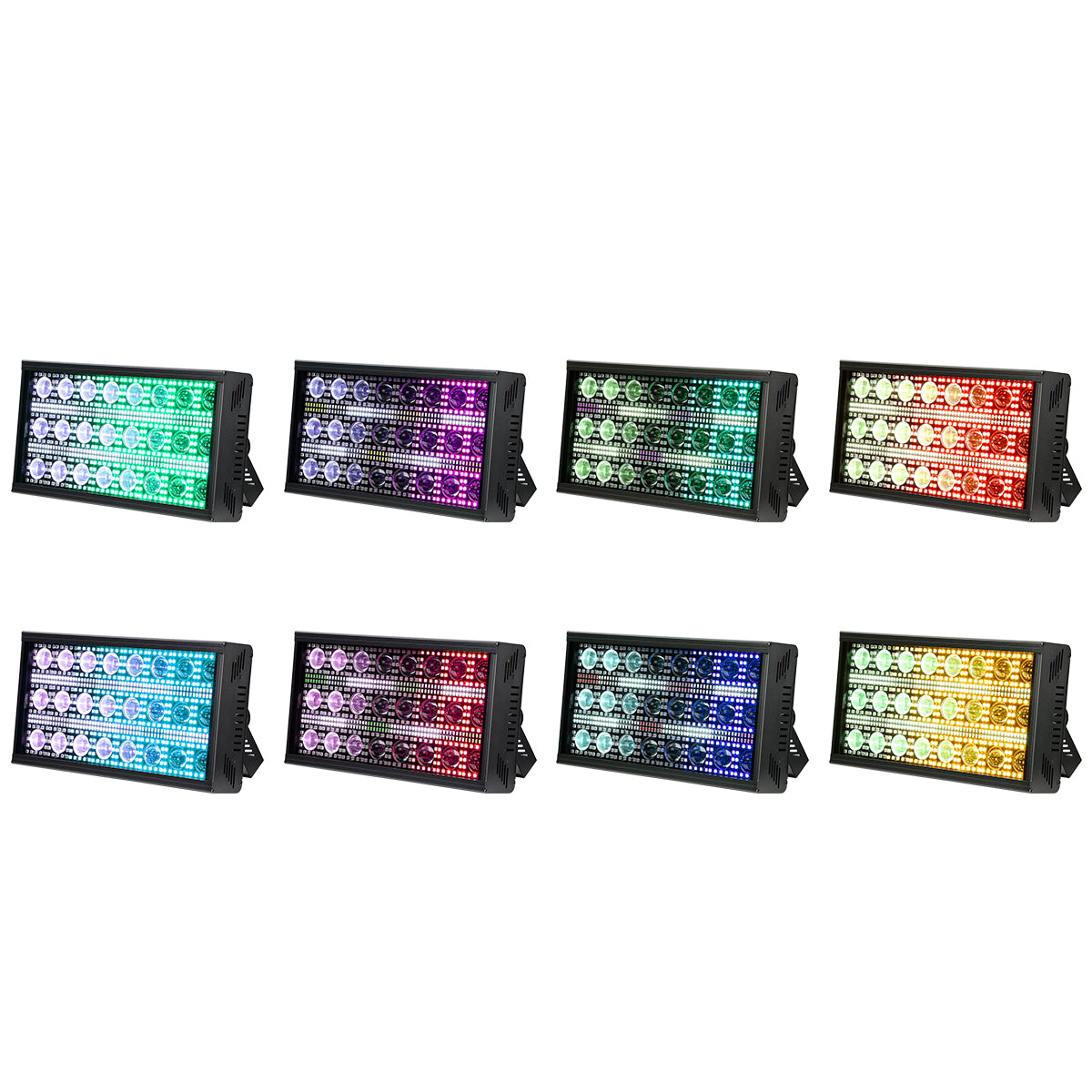
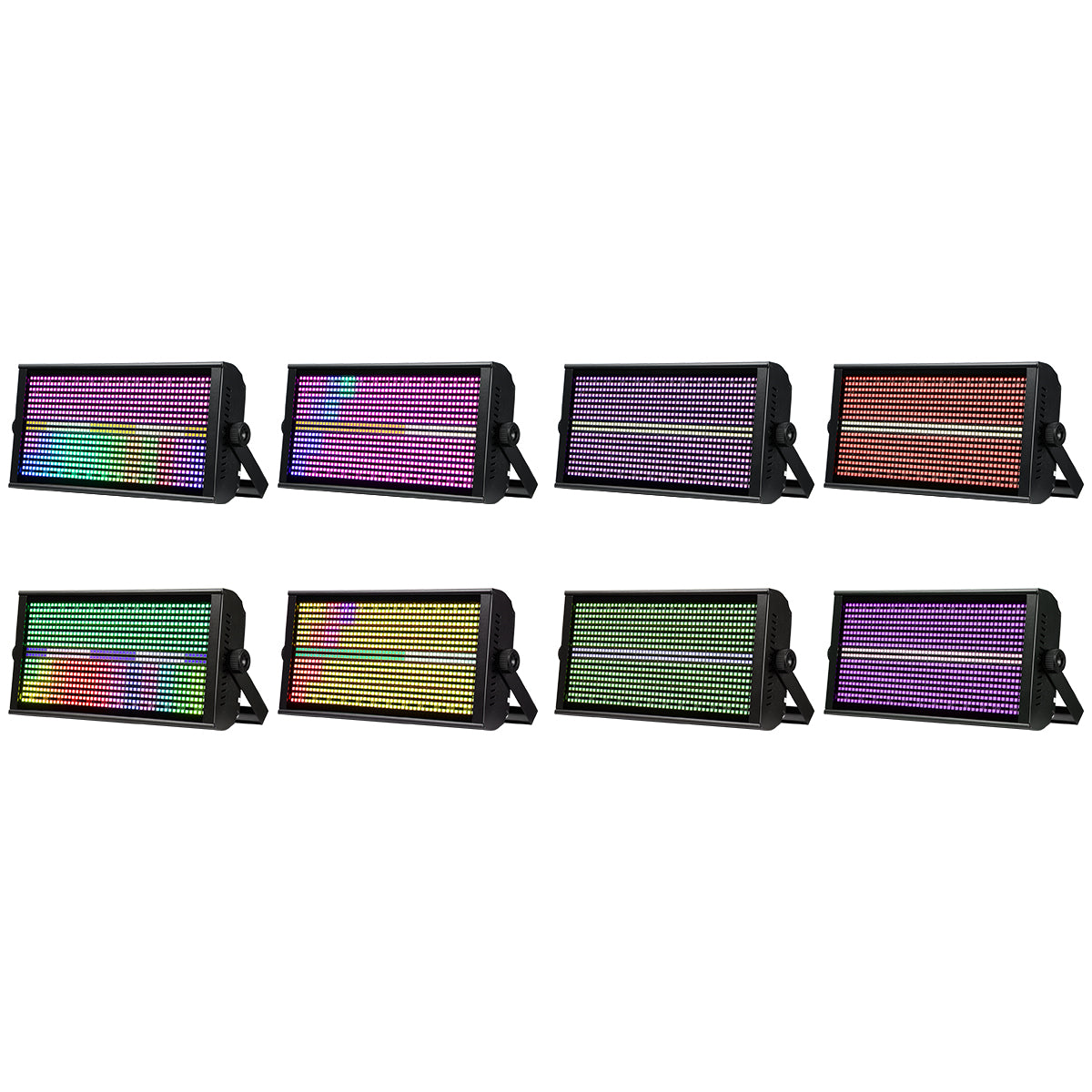
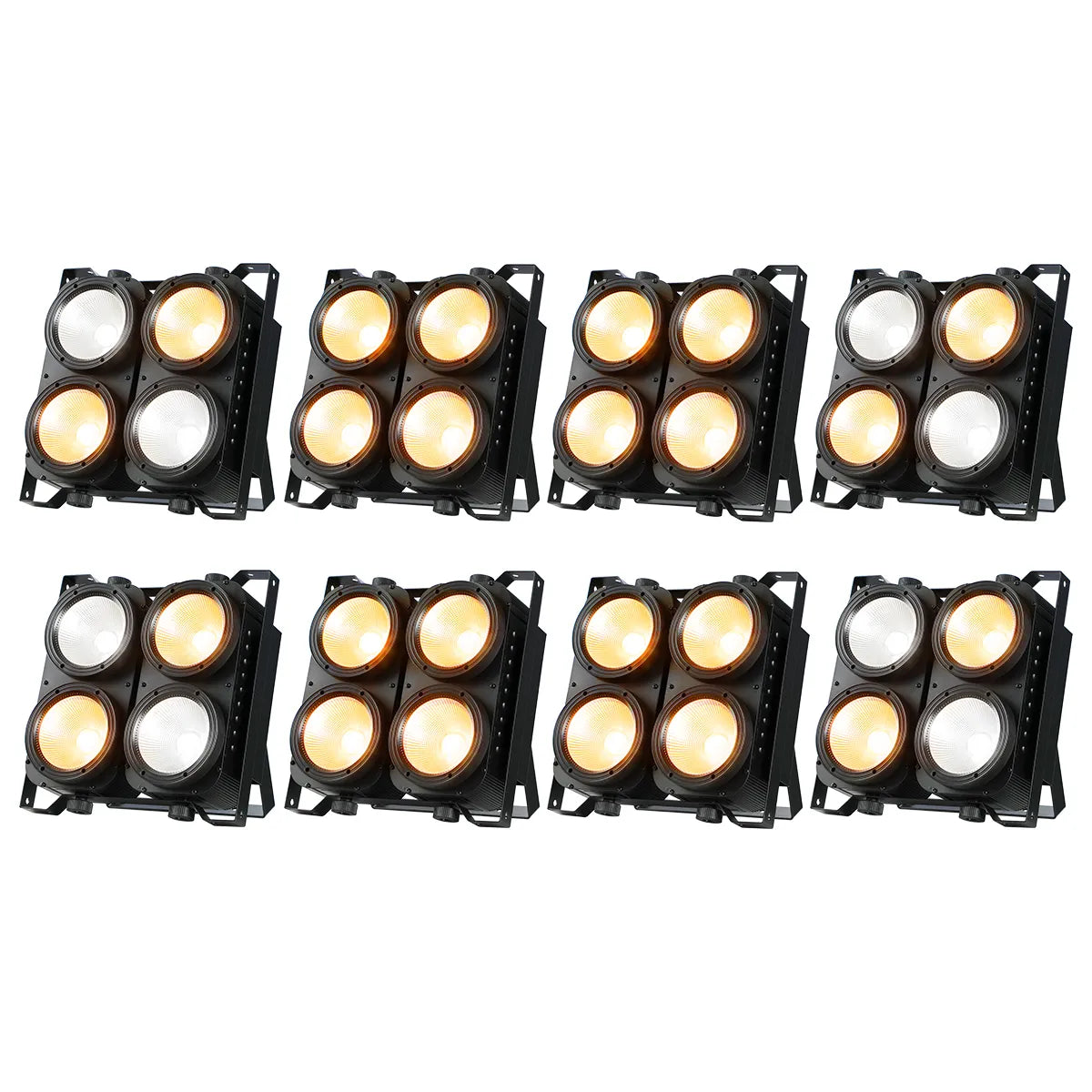
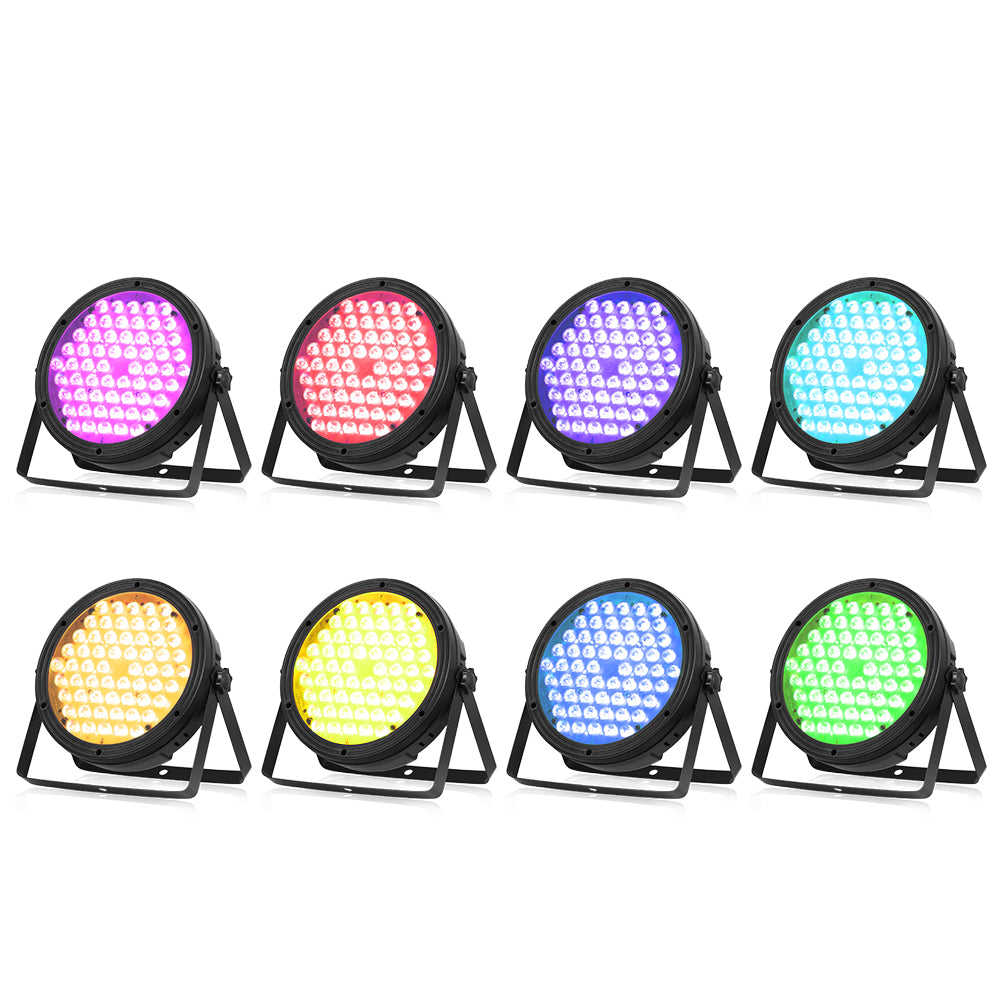
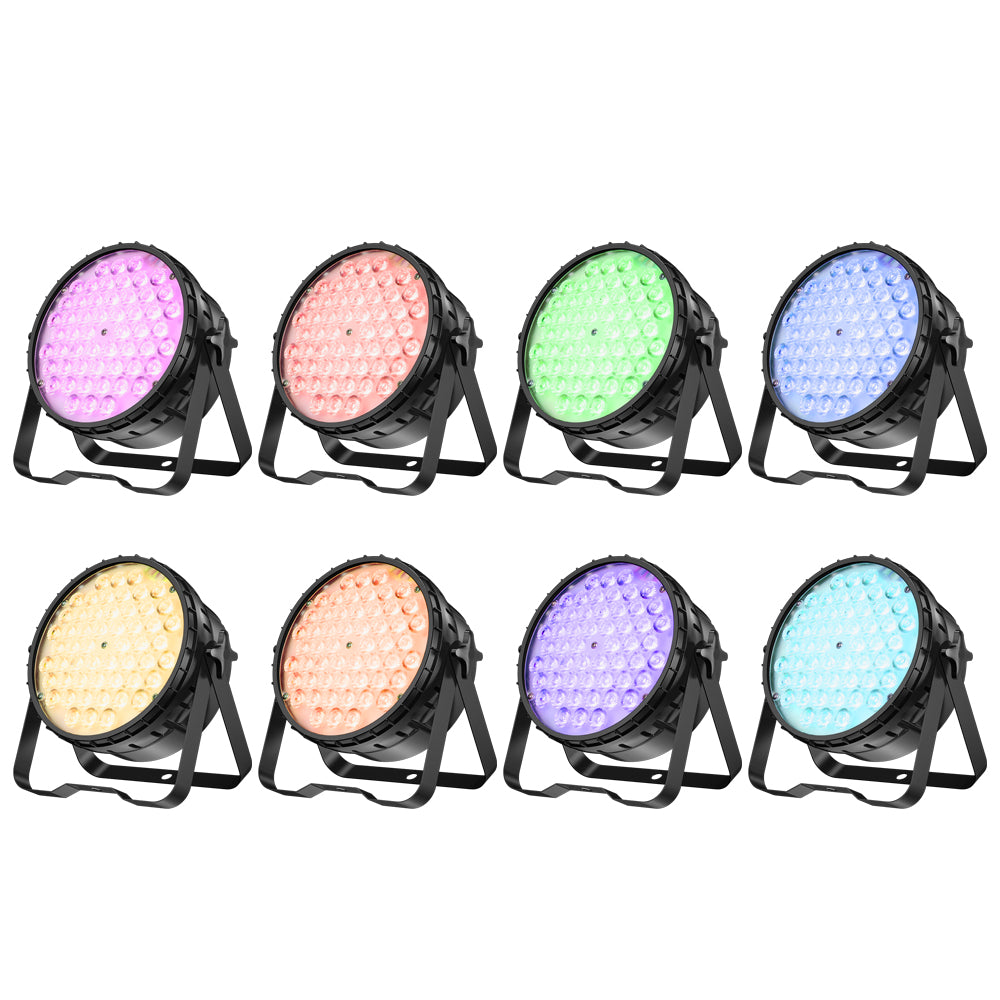
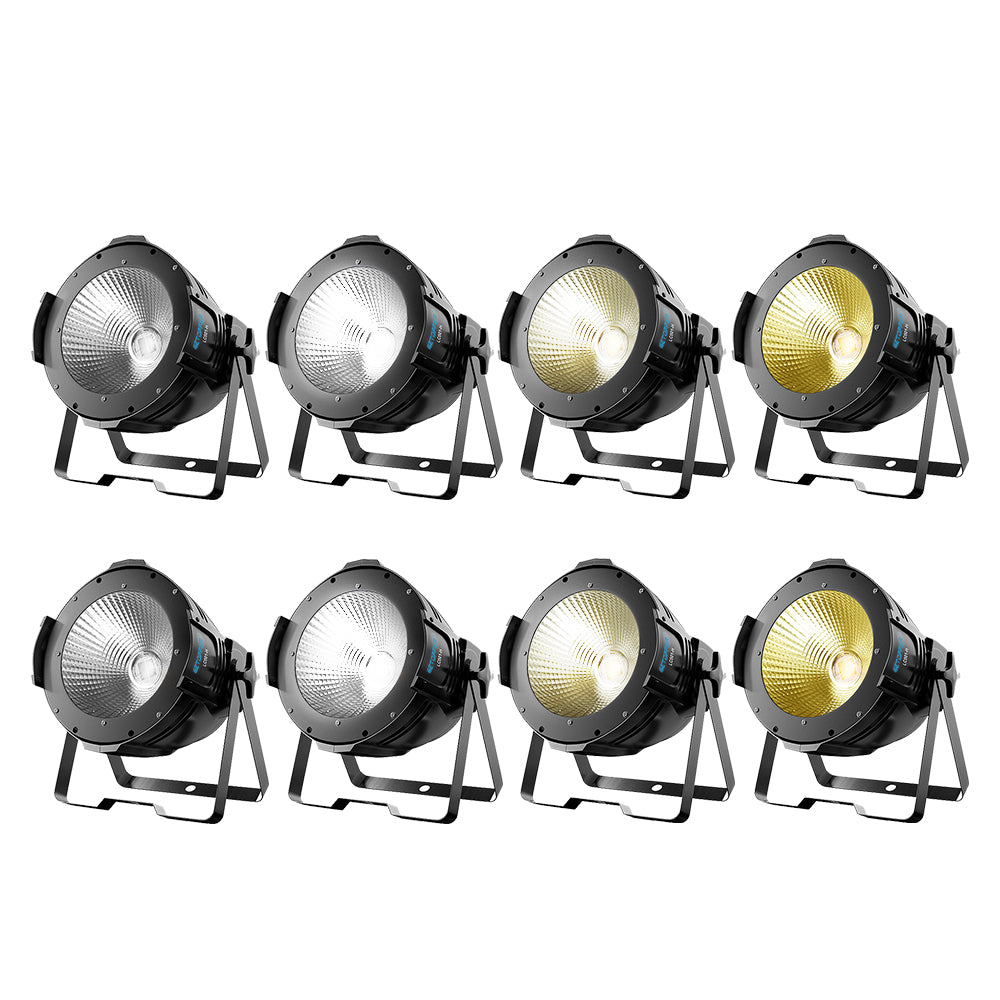
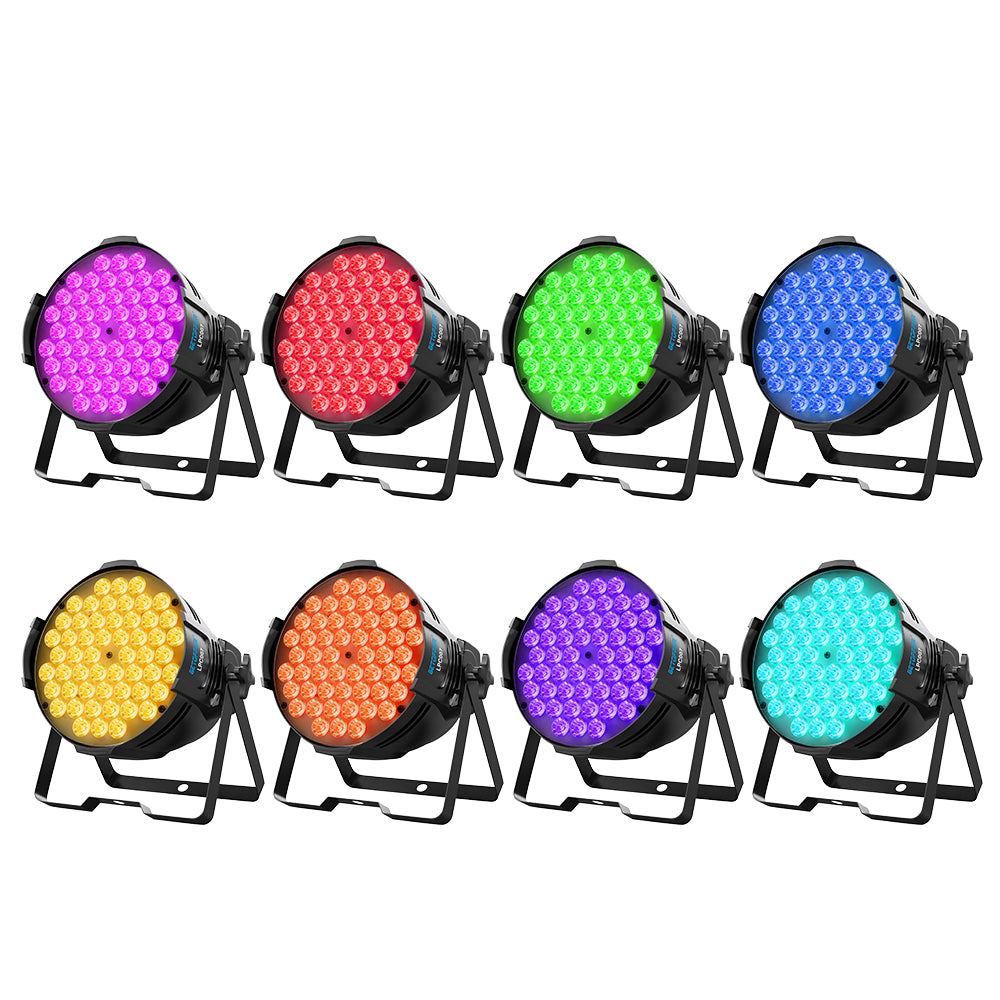
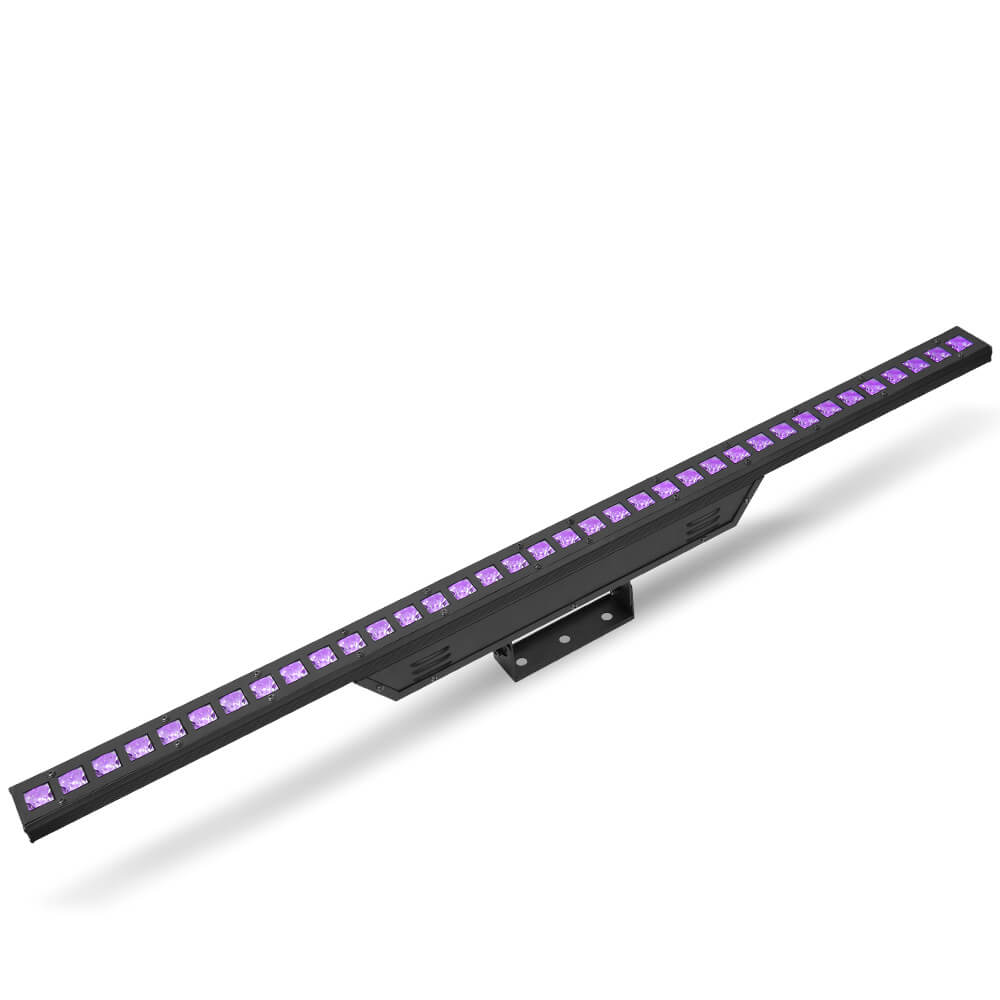
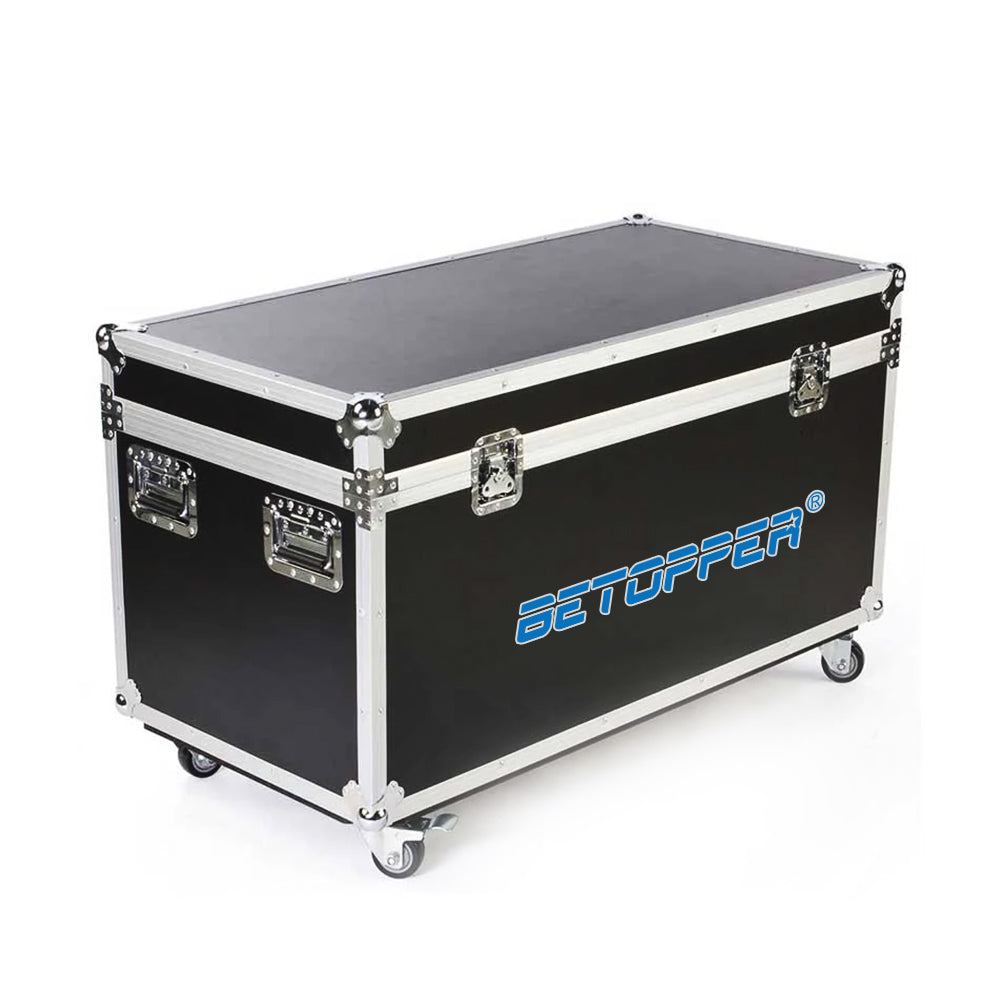
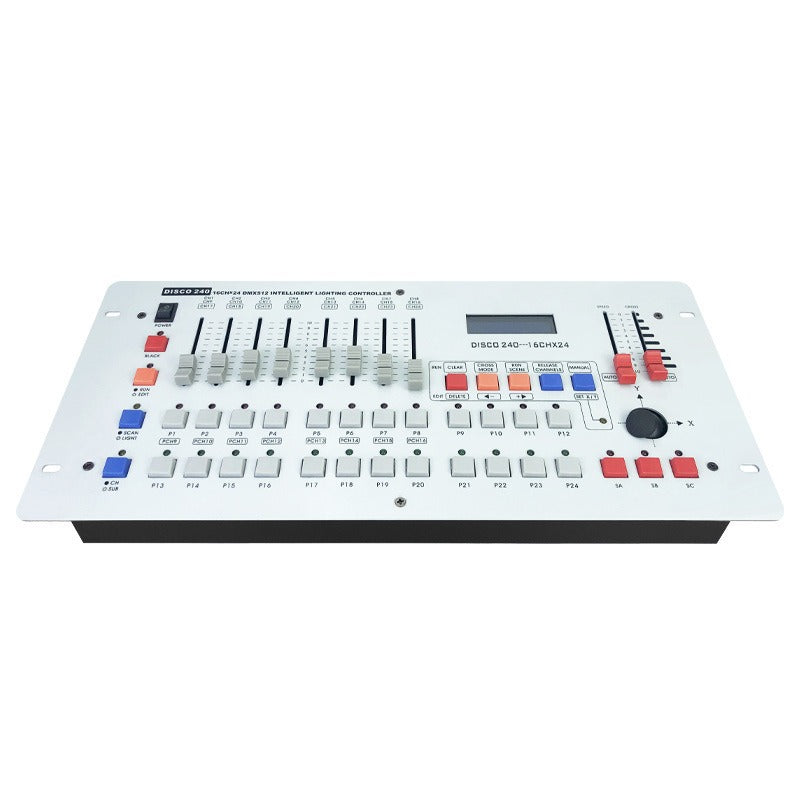
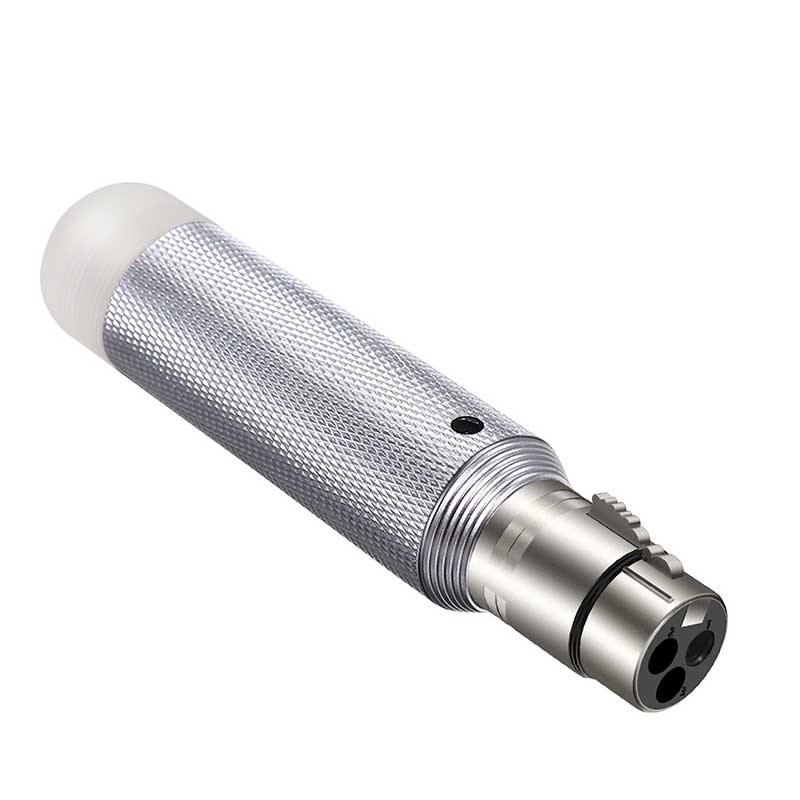
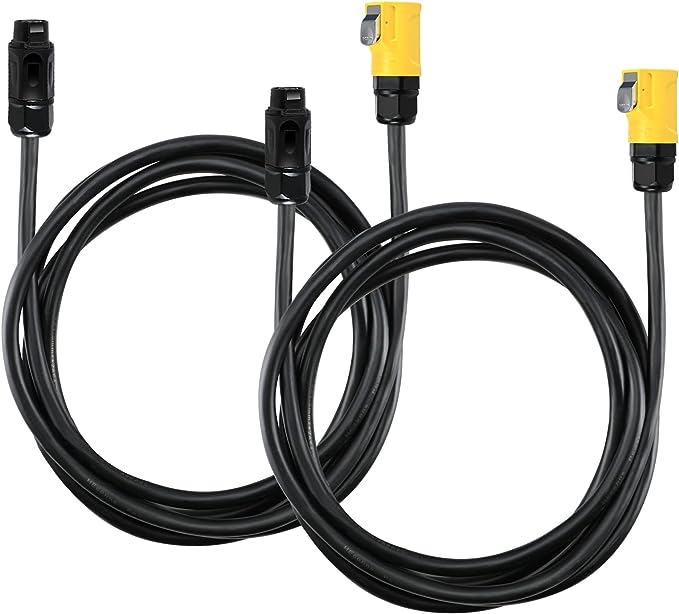
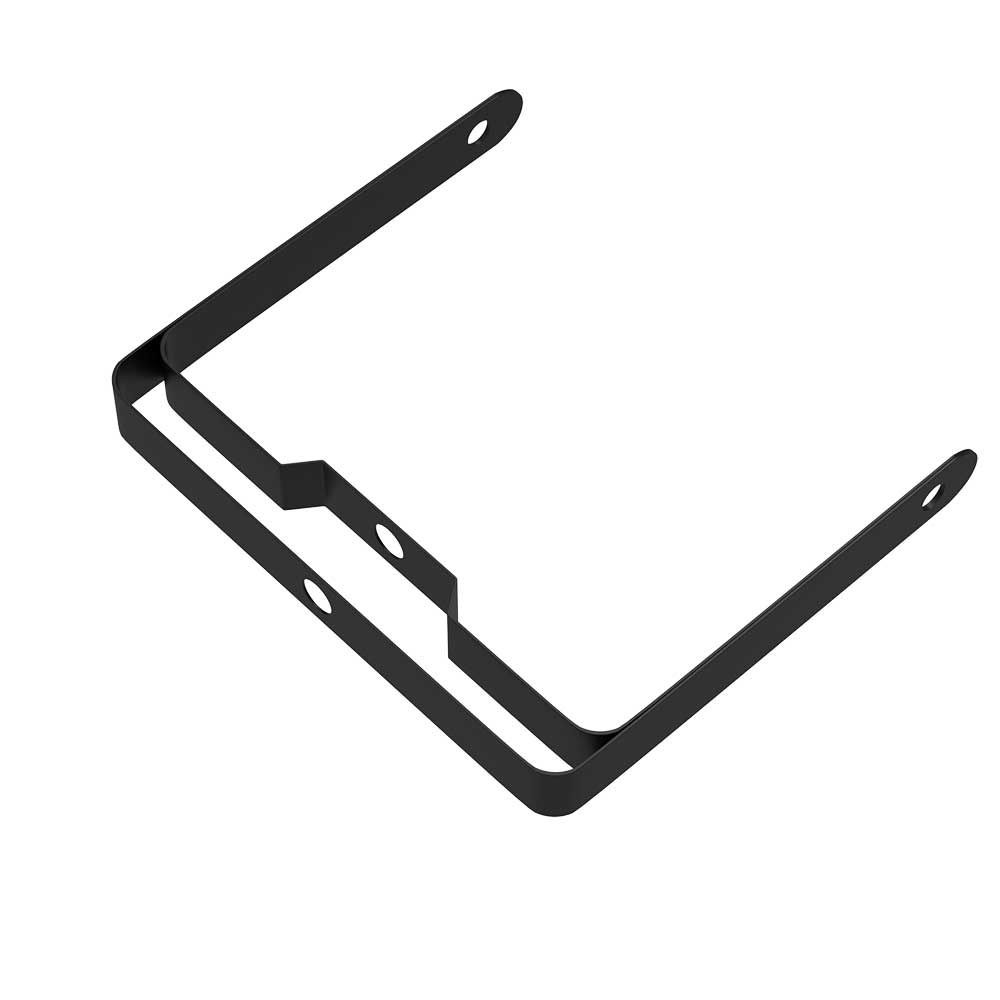
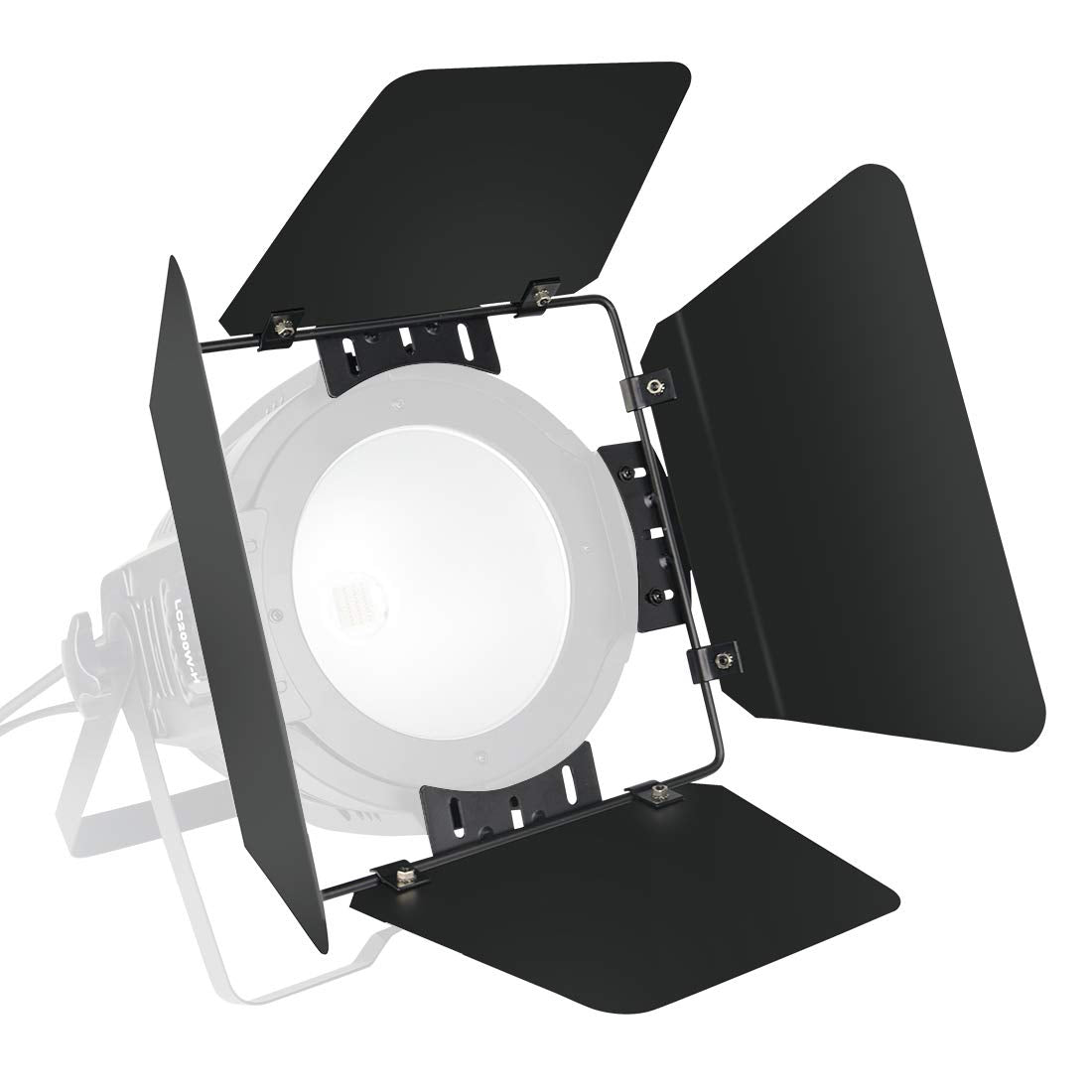
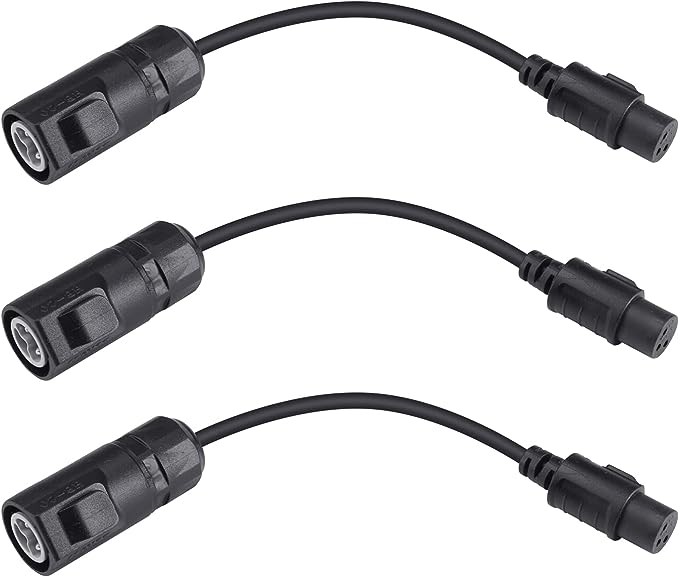
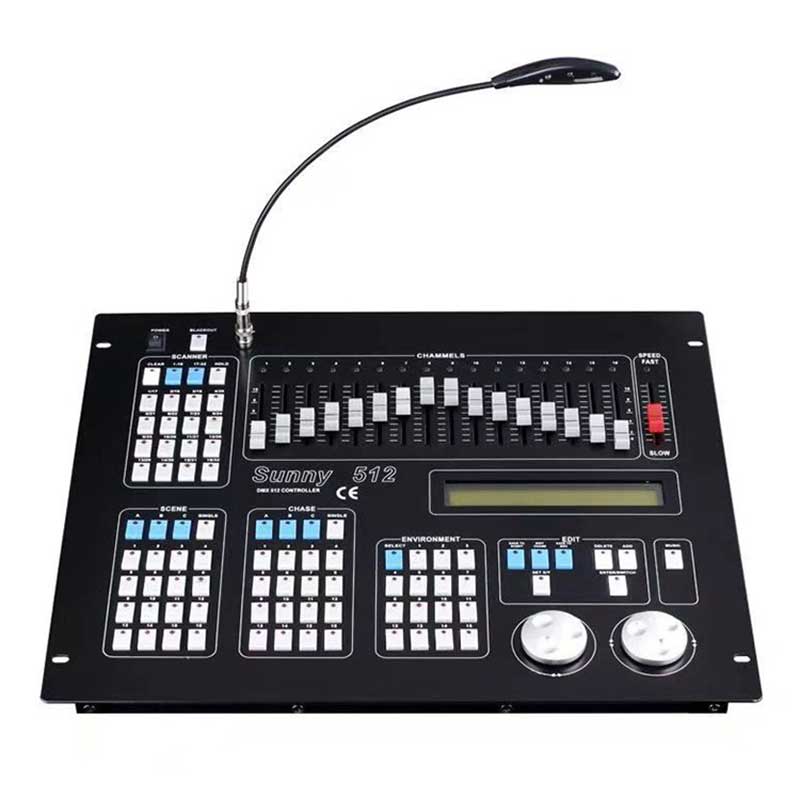
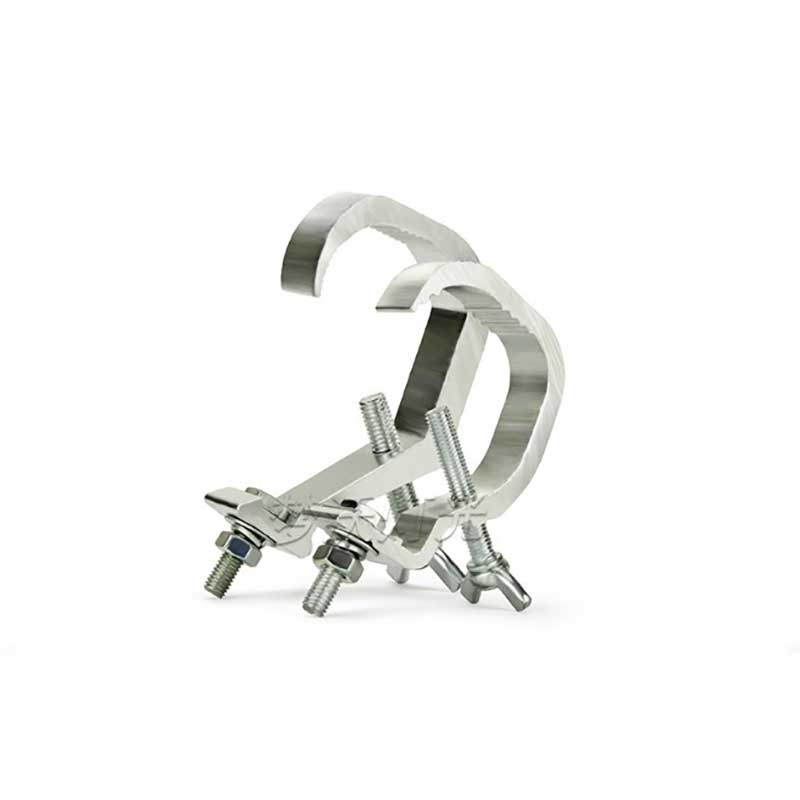
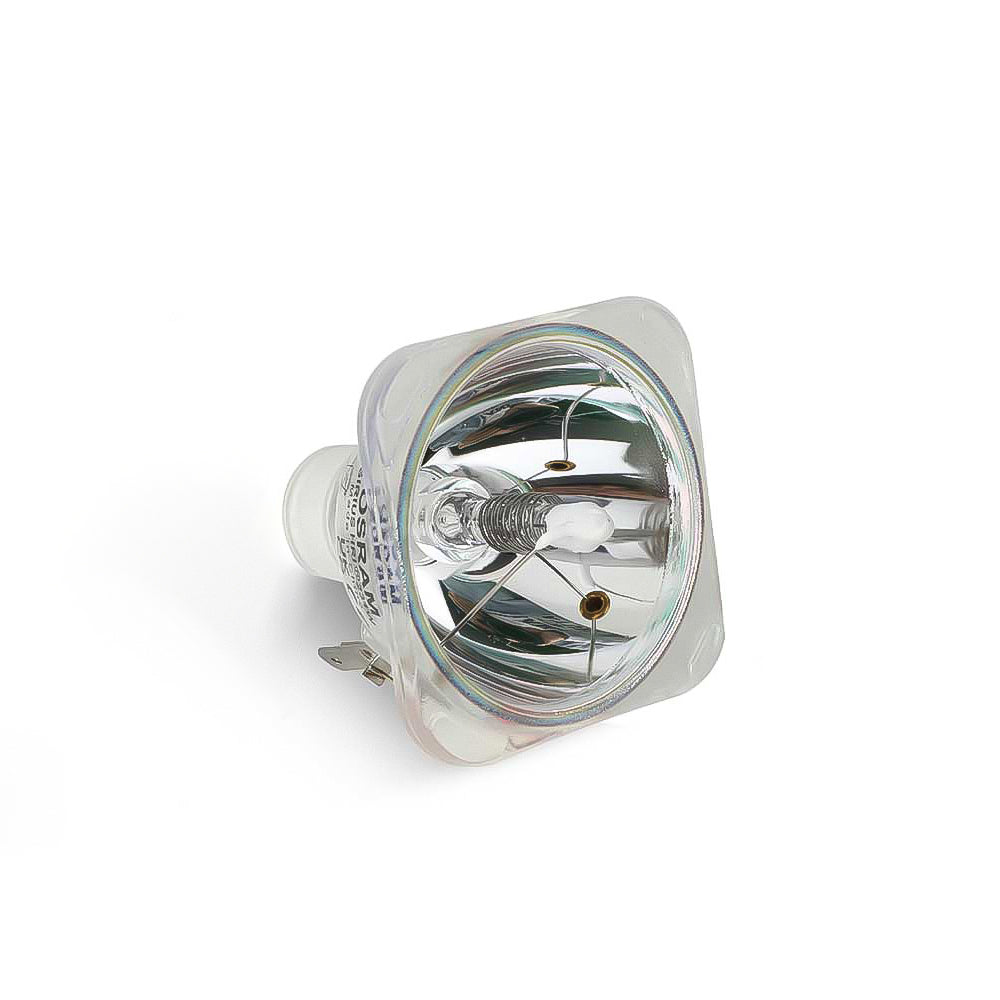
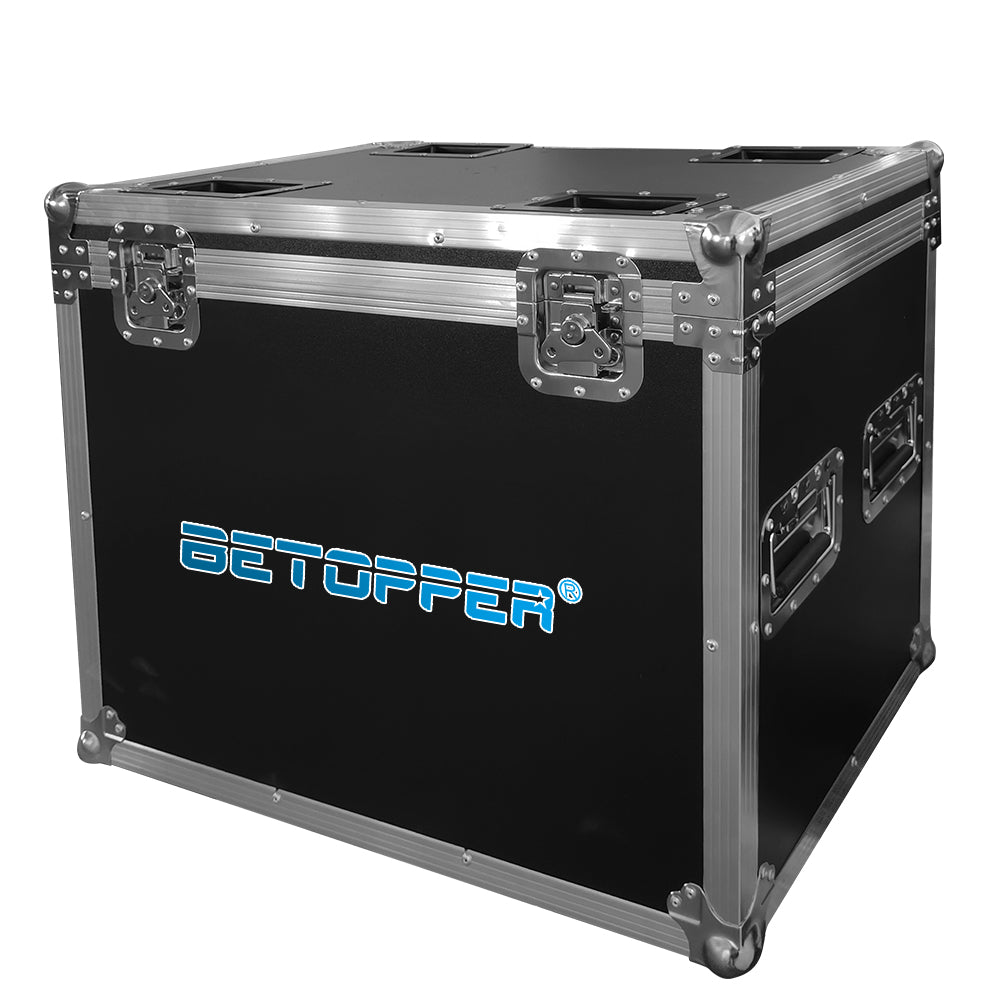
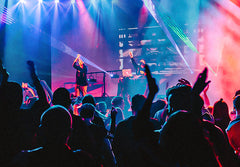
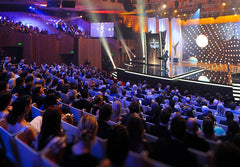
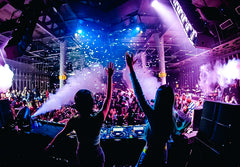
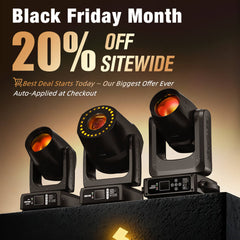
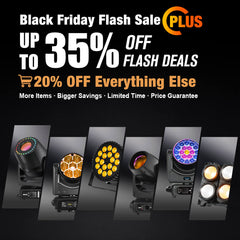
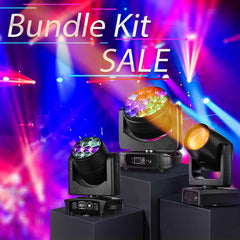
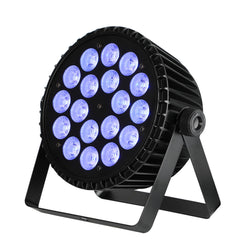
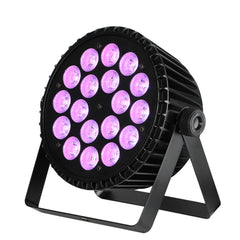
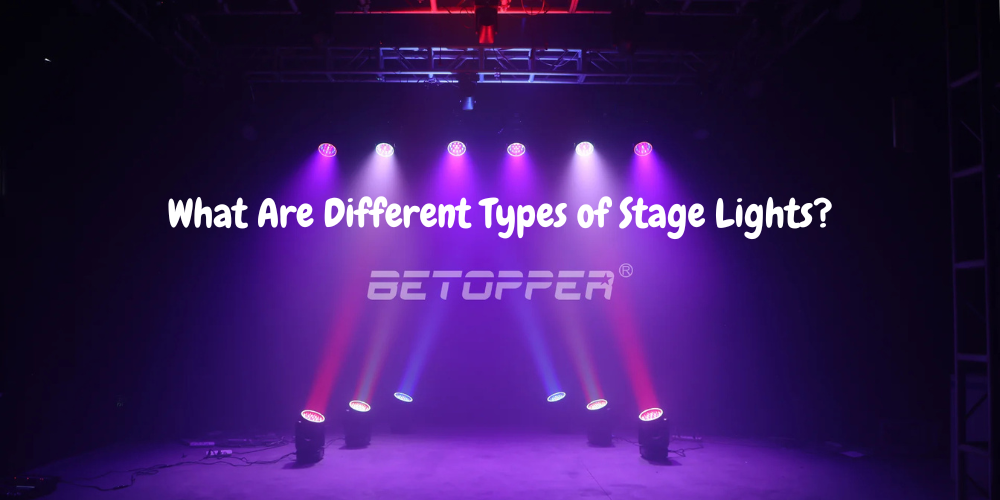
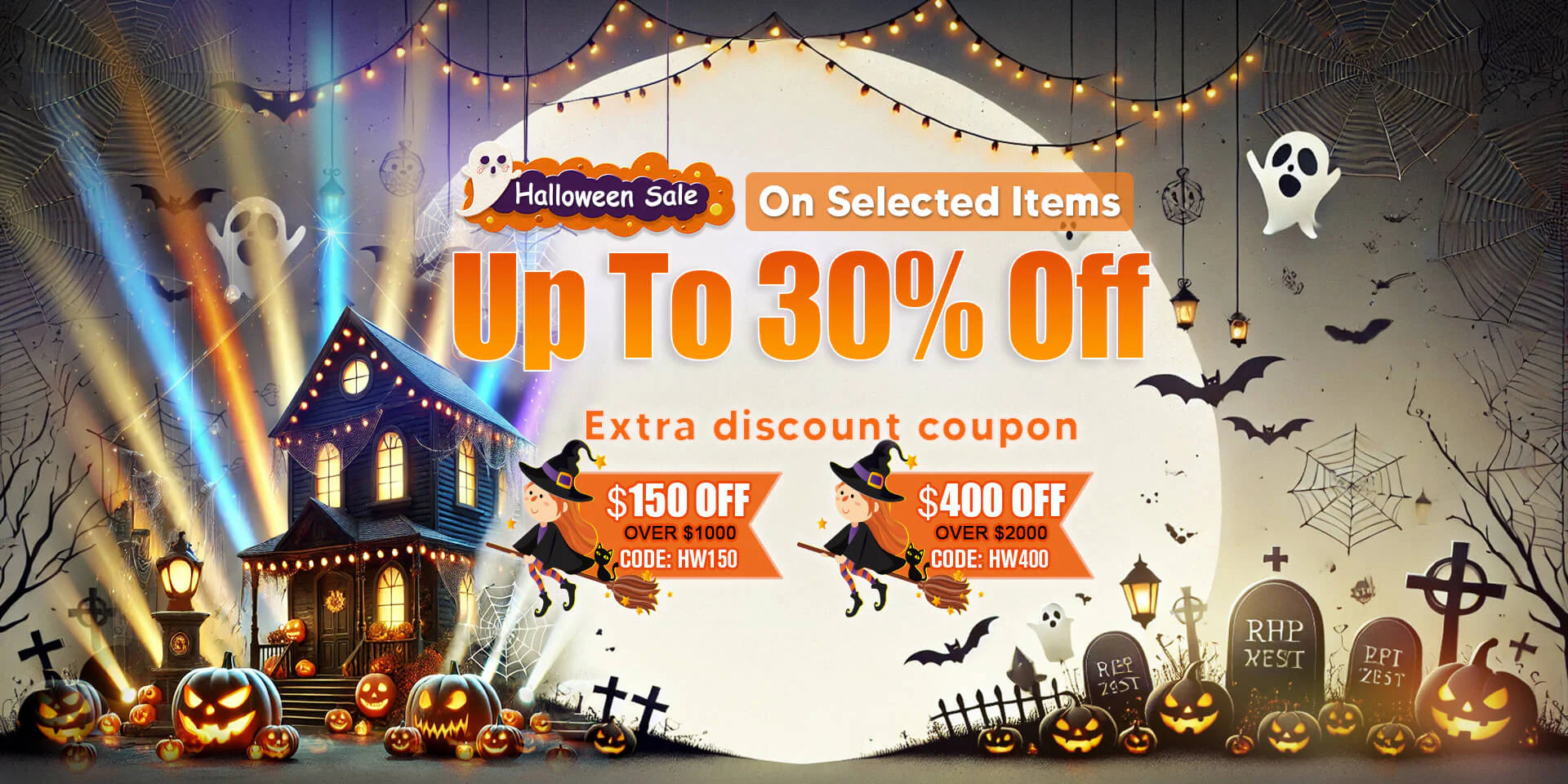
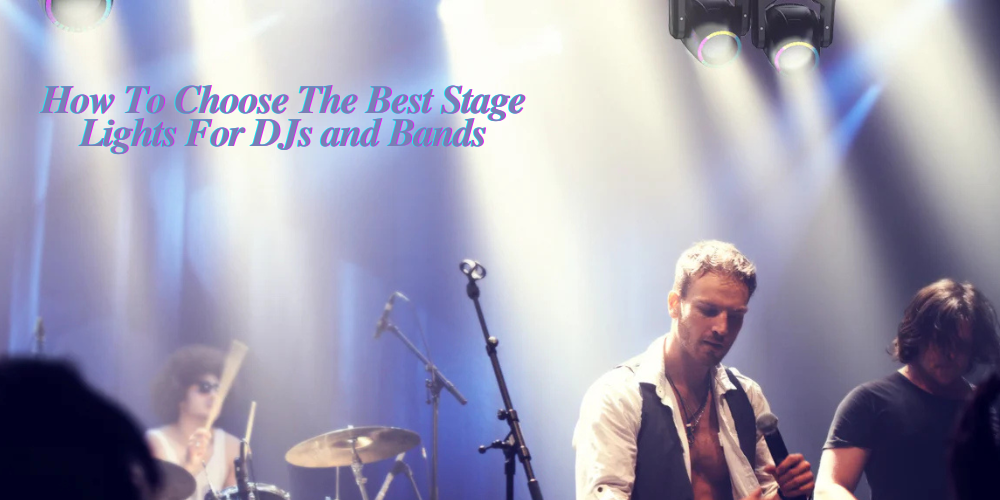
Leave a comment
This site is protected by hCaptcha and the hCaptcha Privacy Policy and Terms of Service apply.